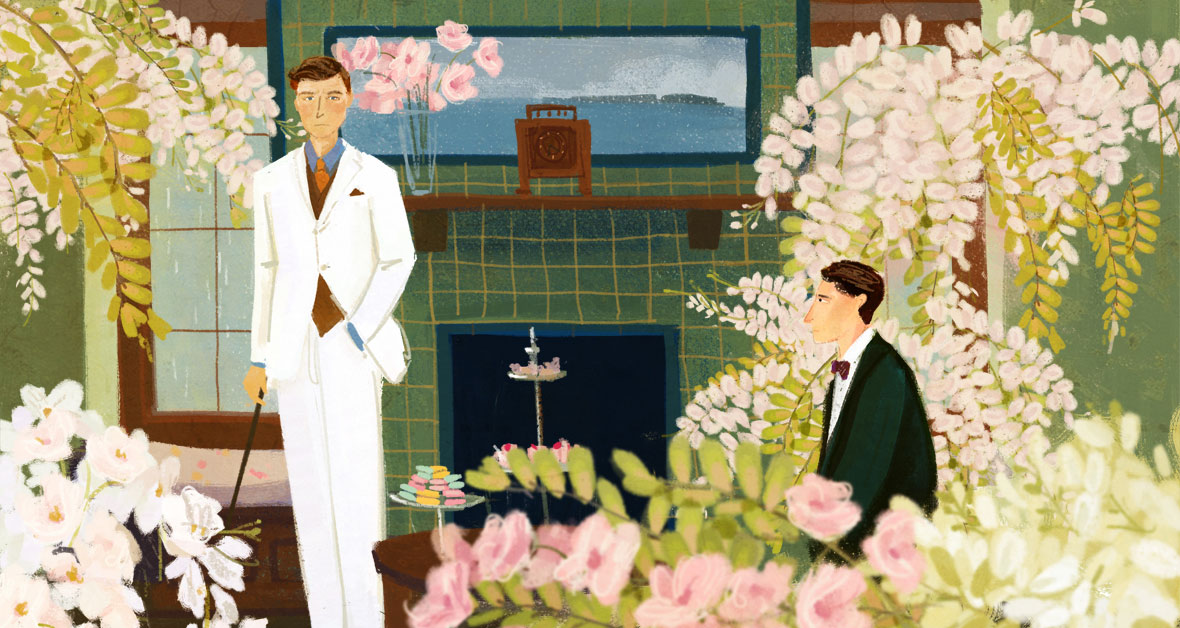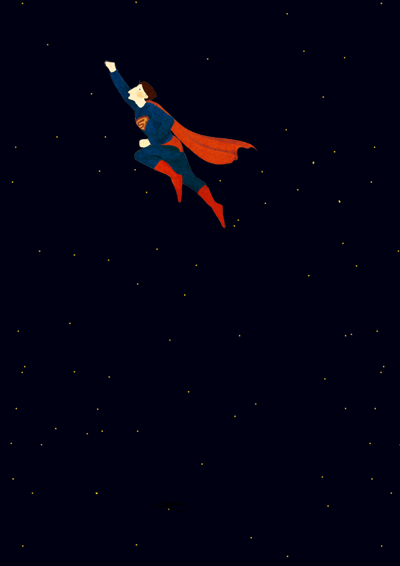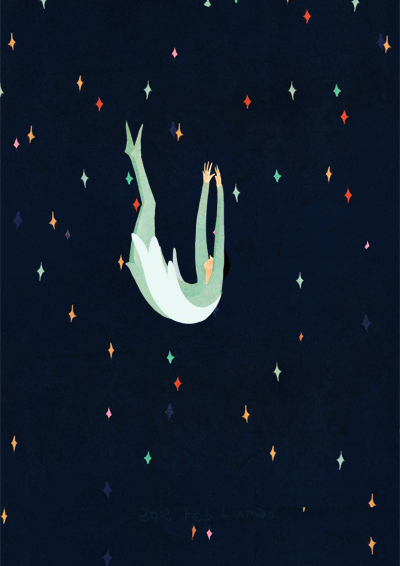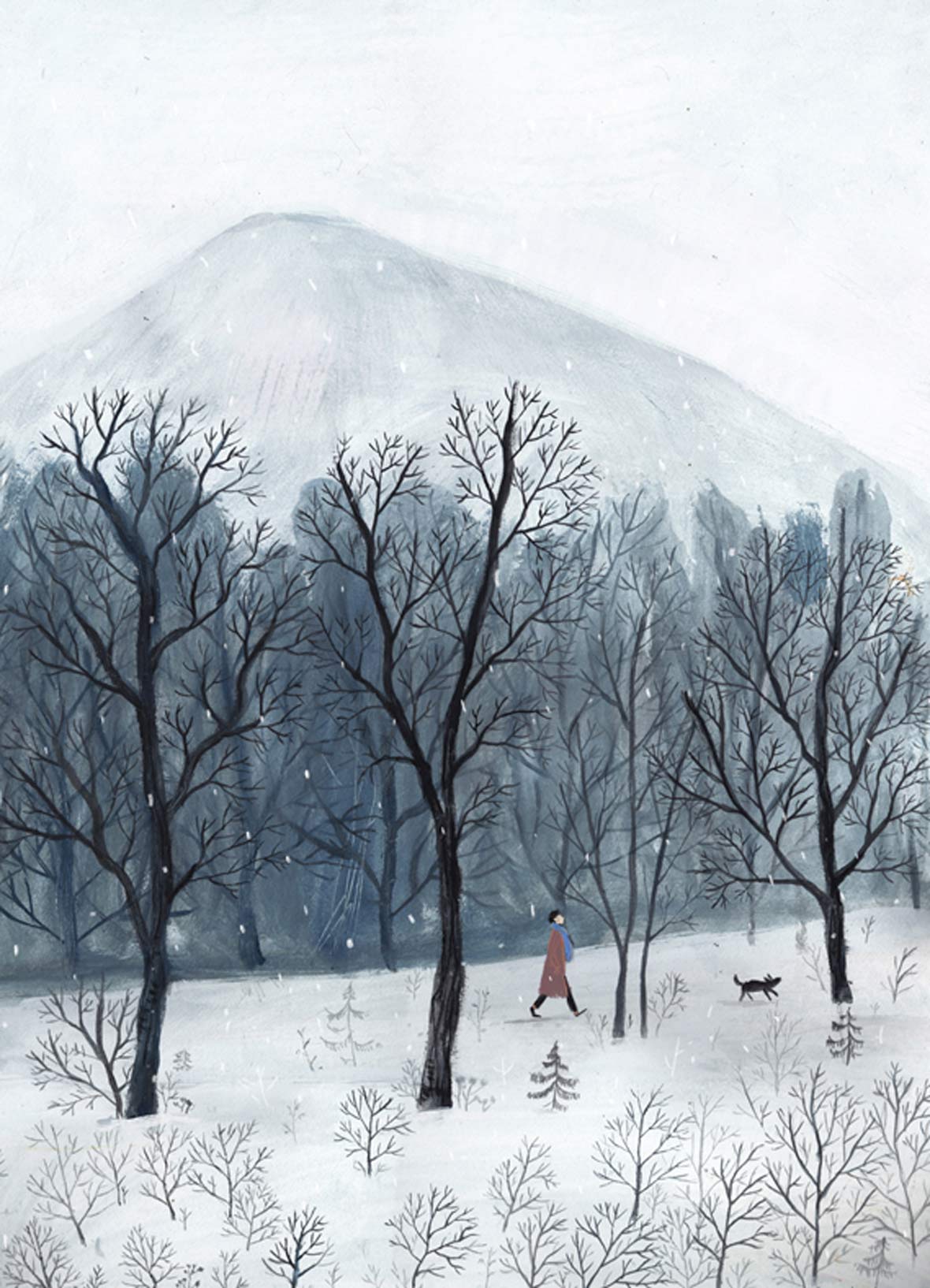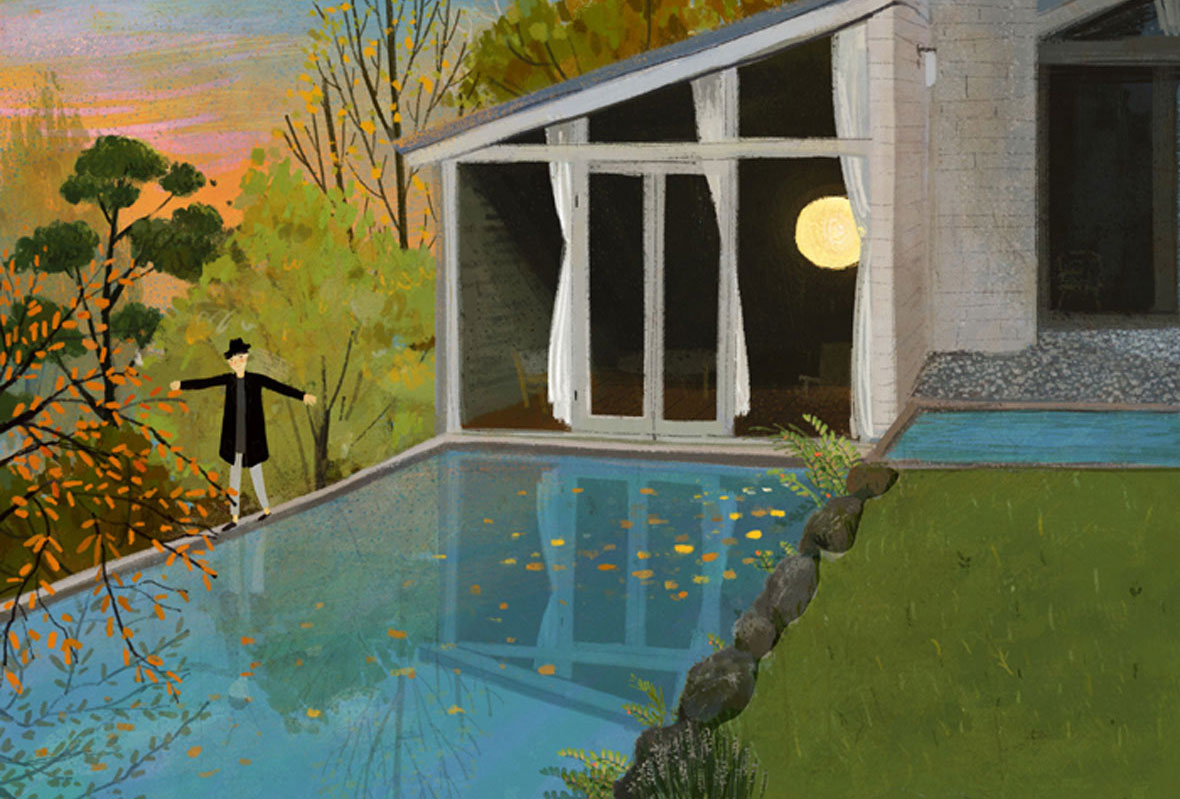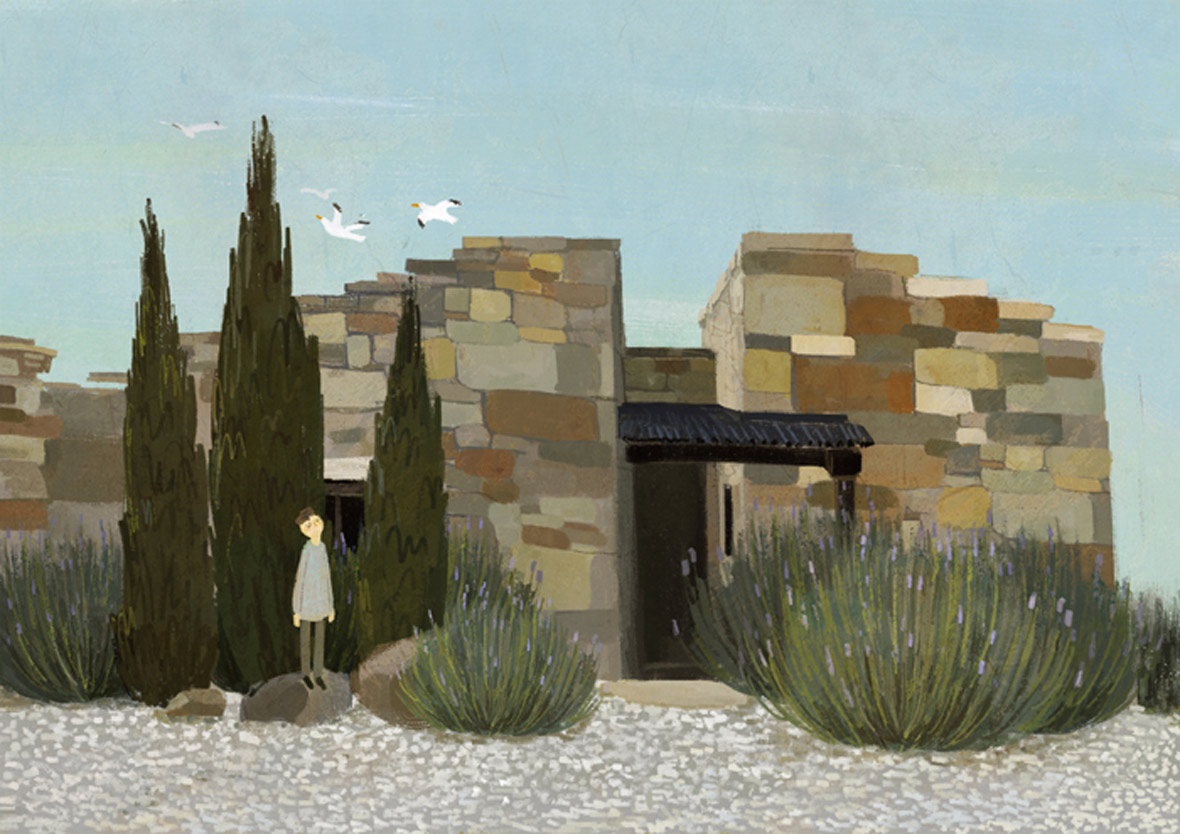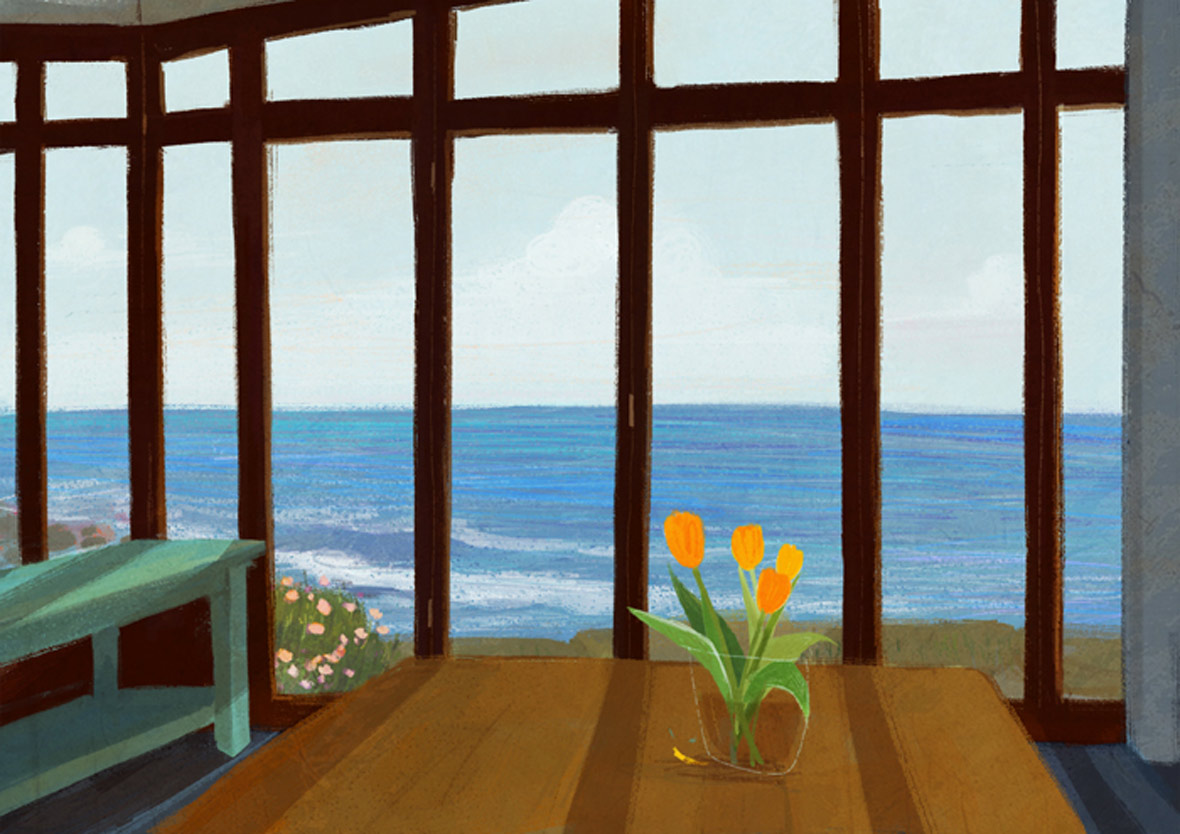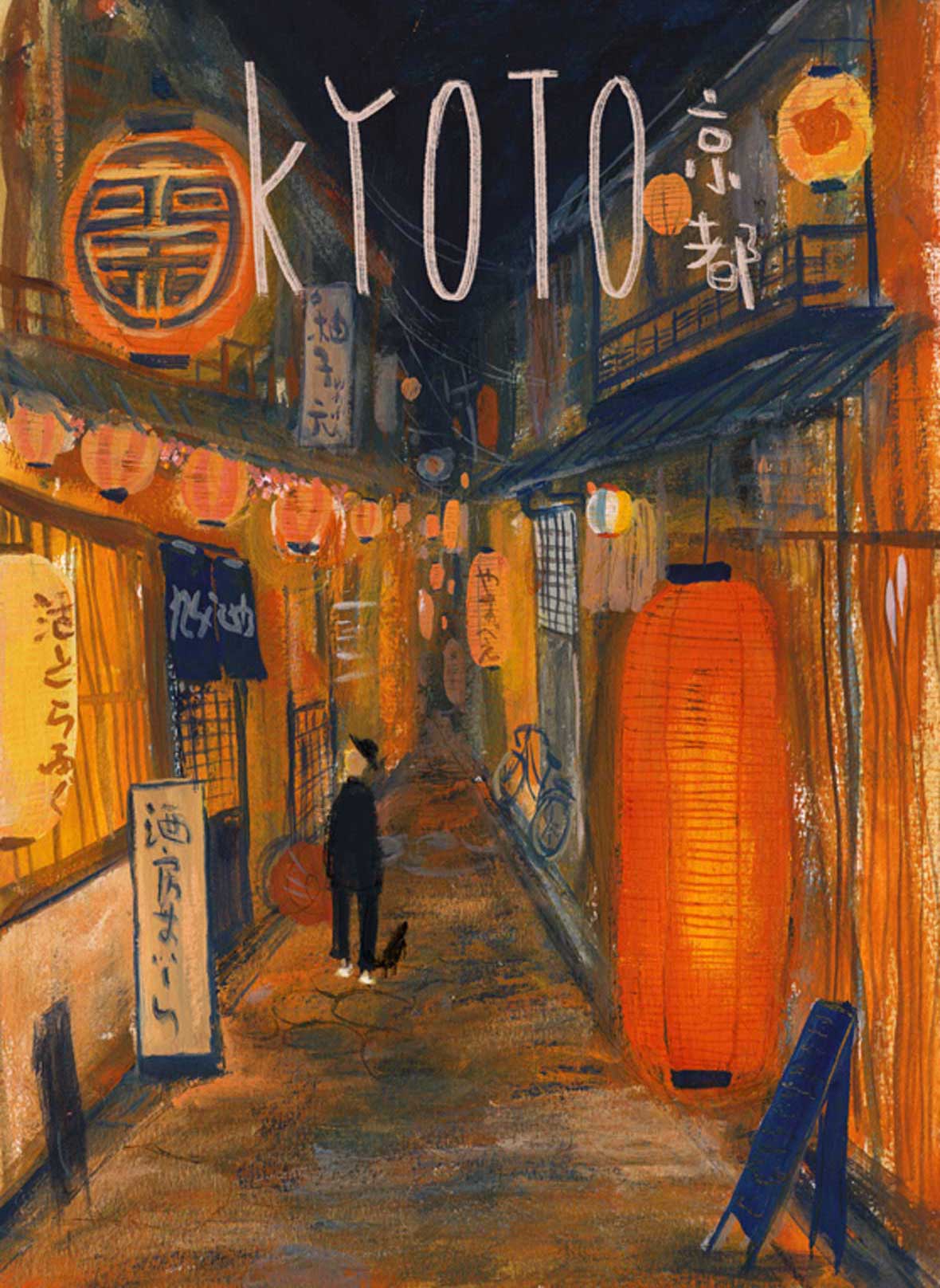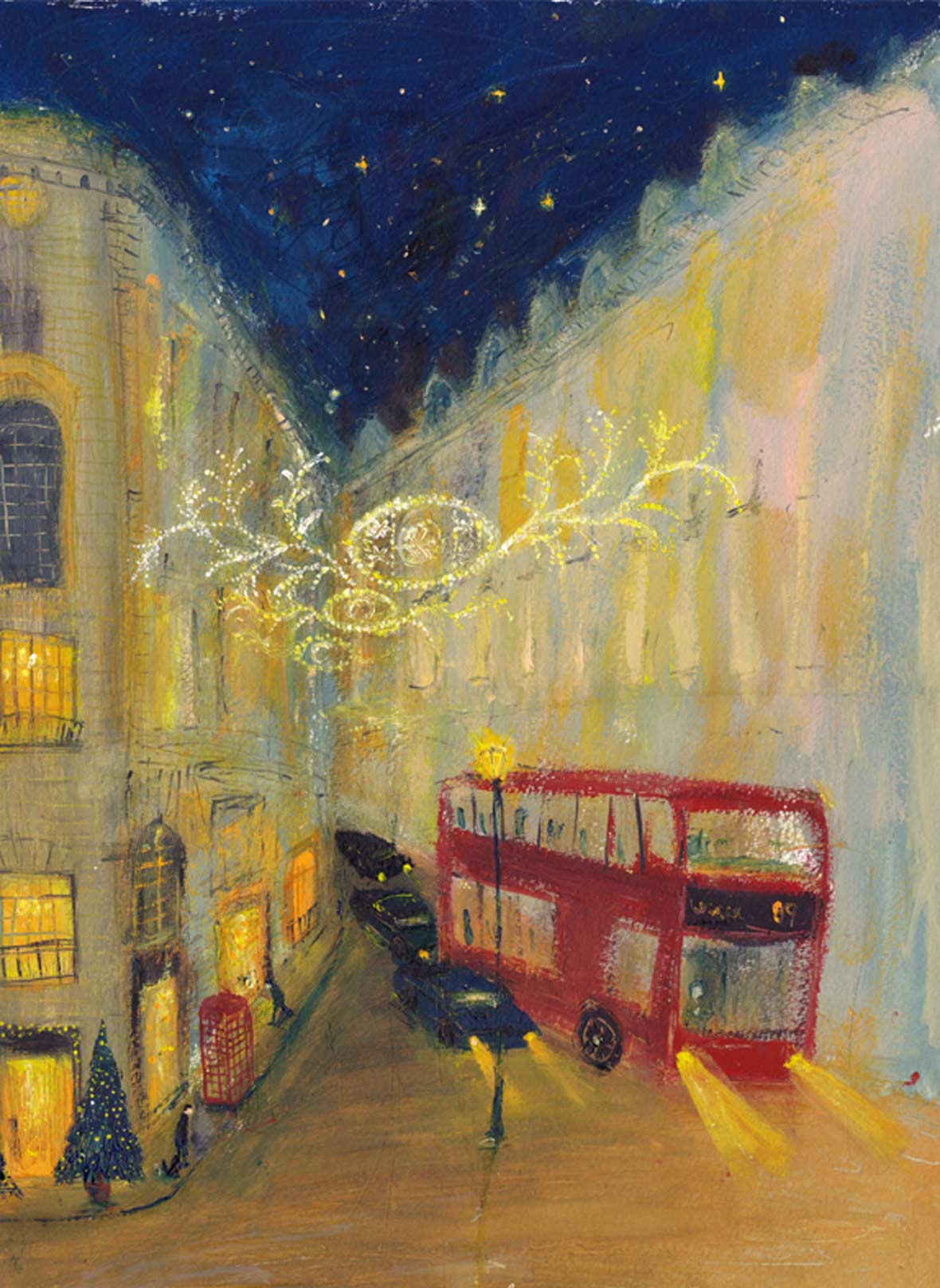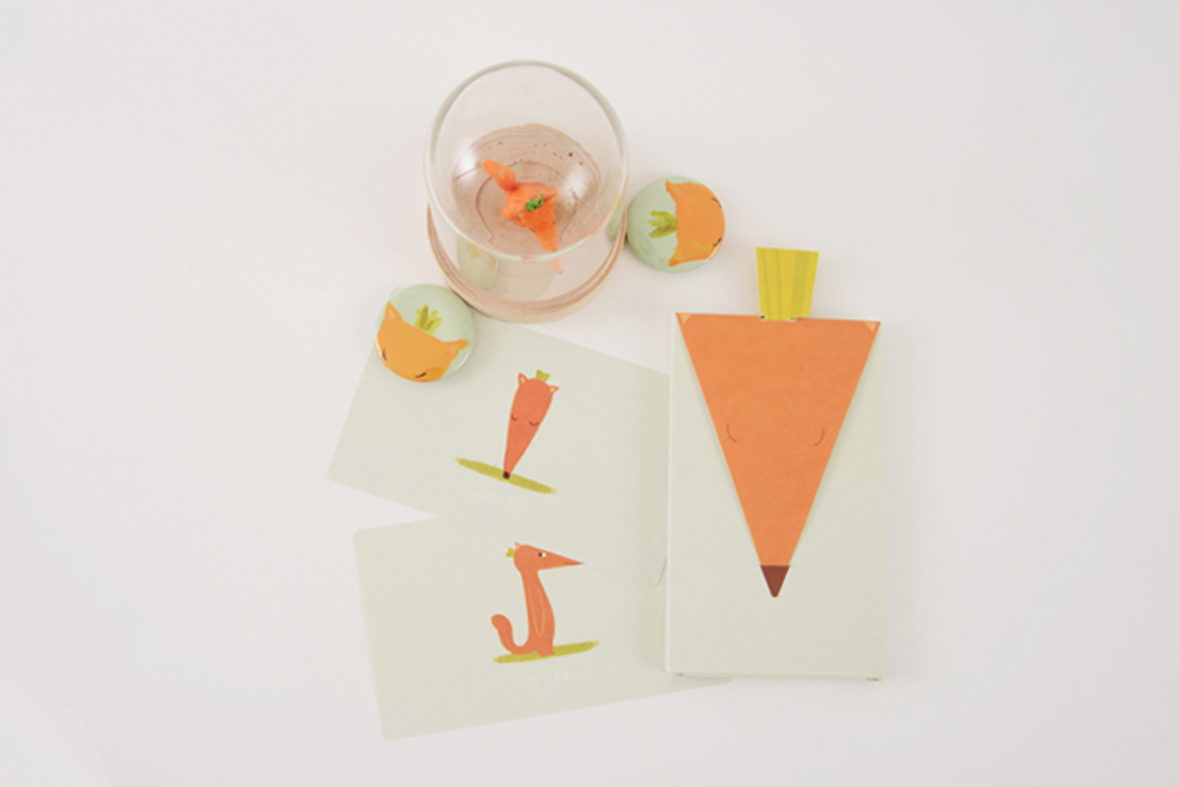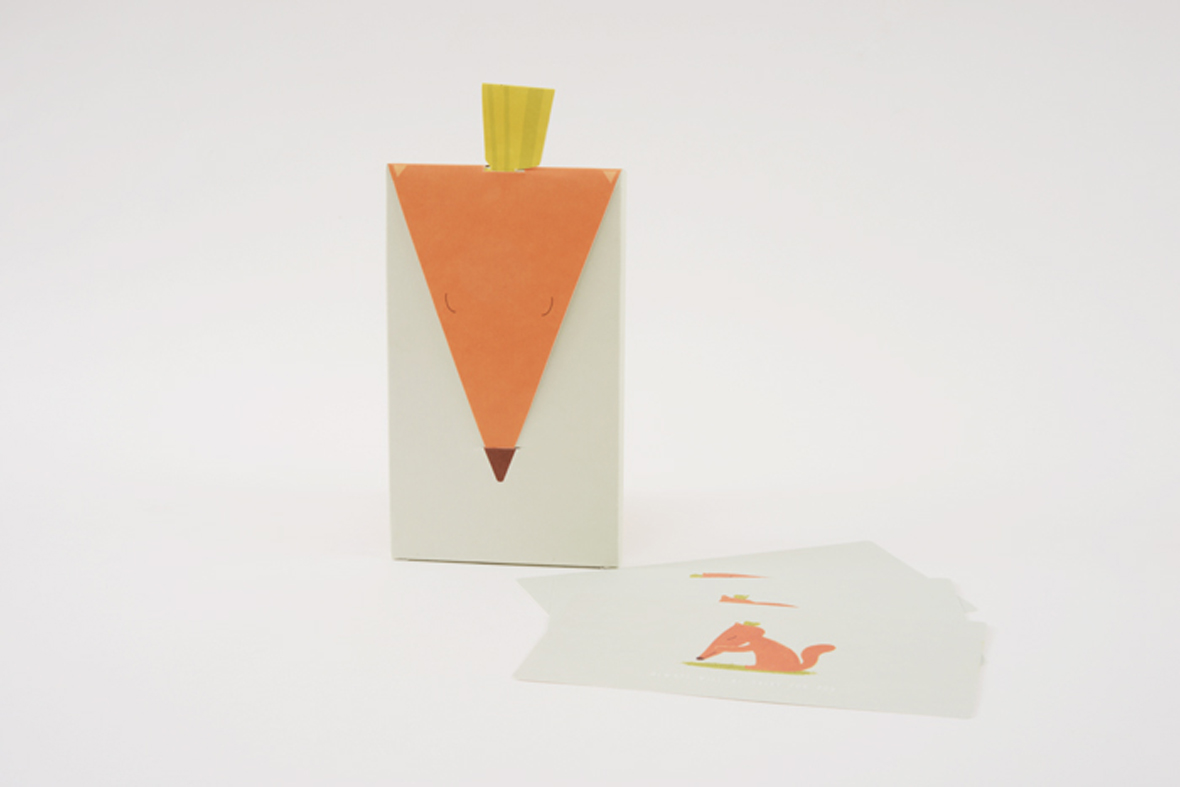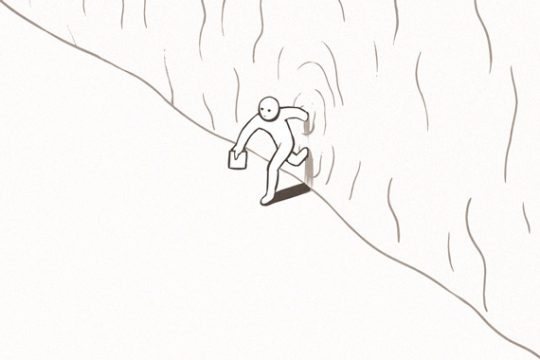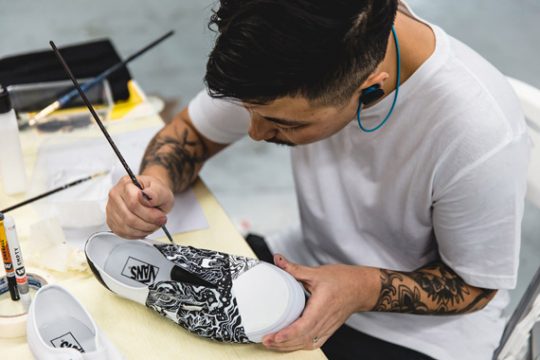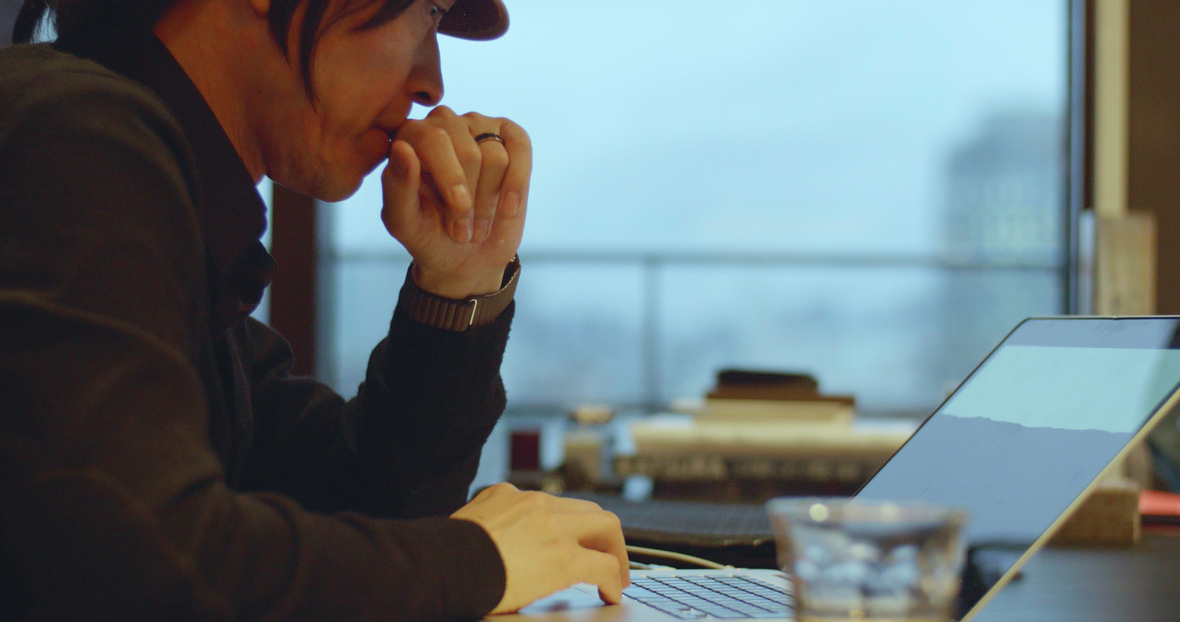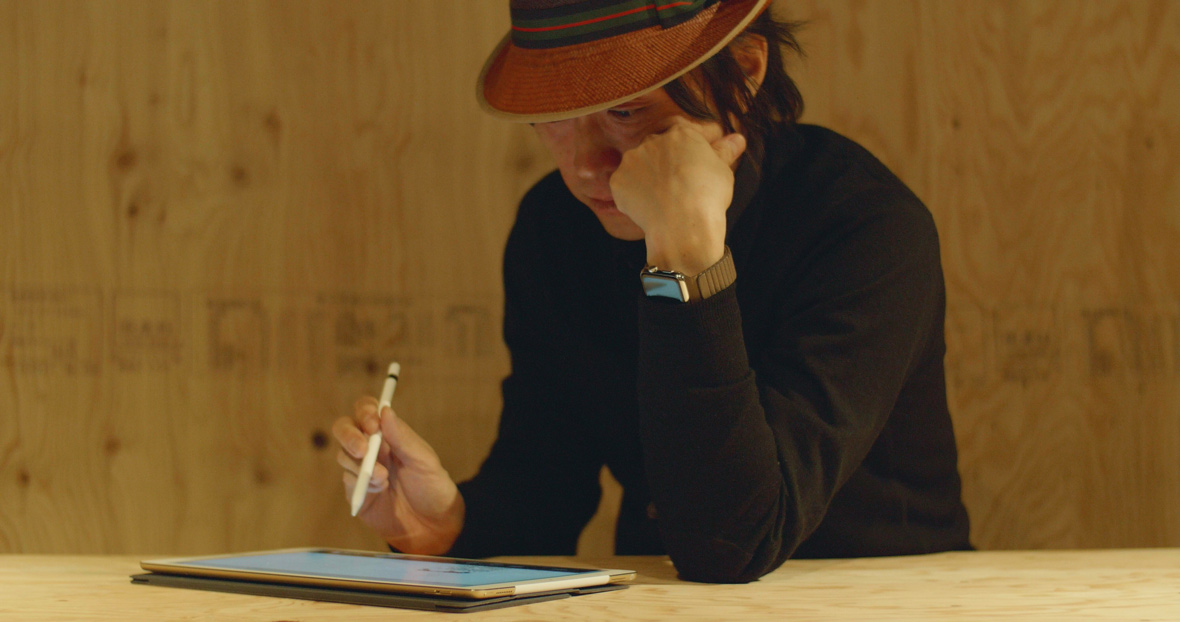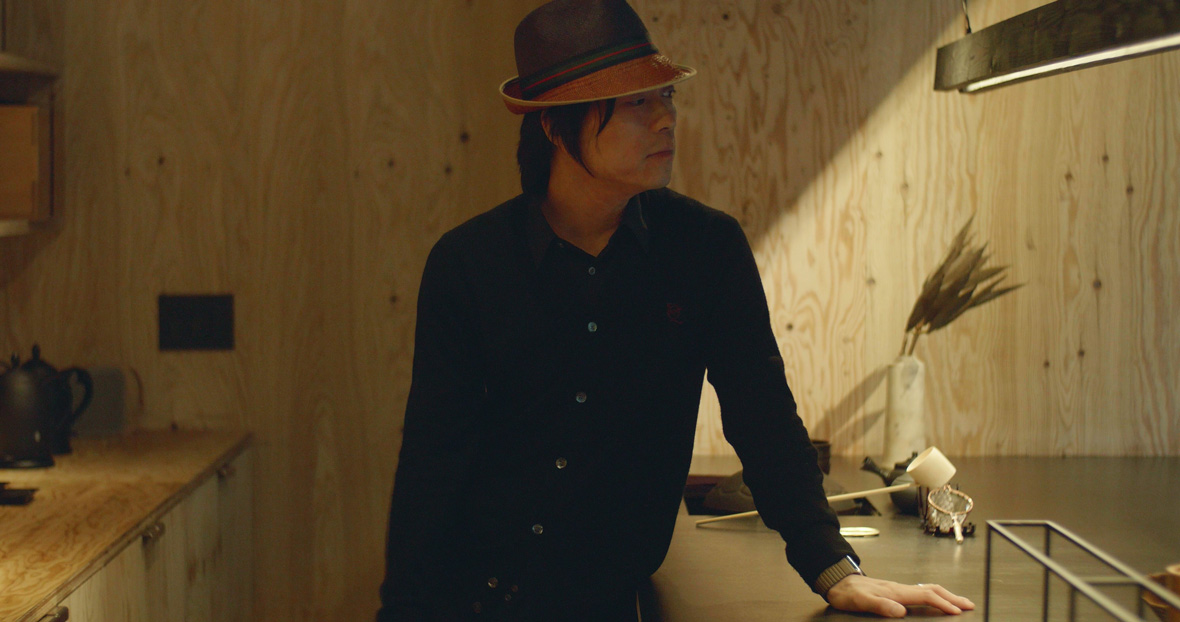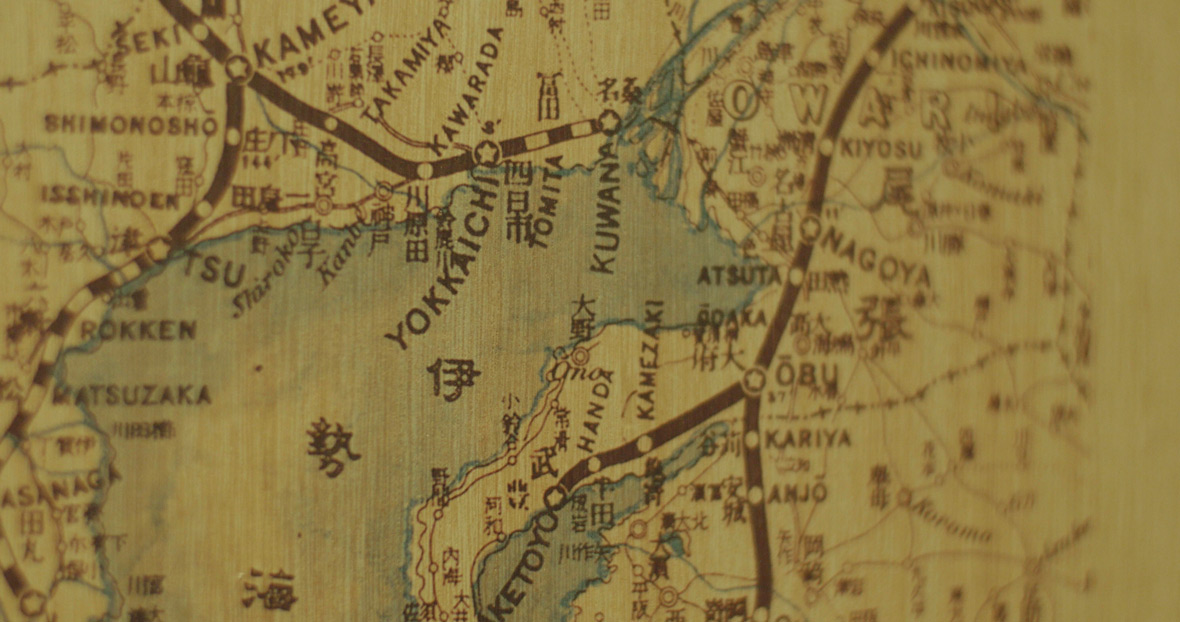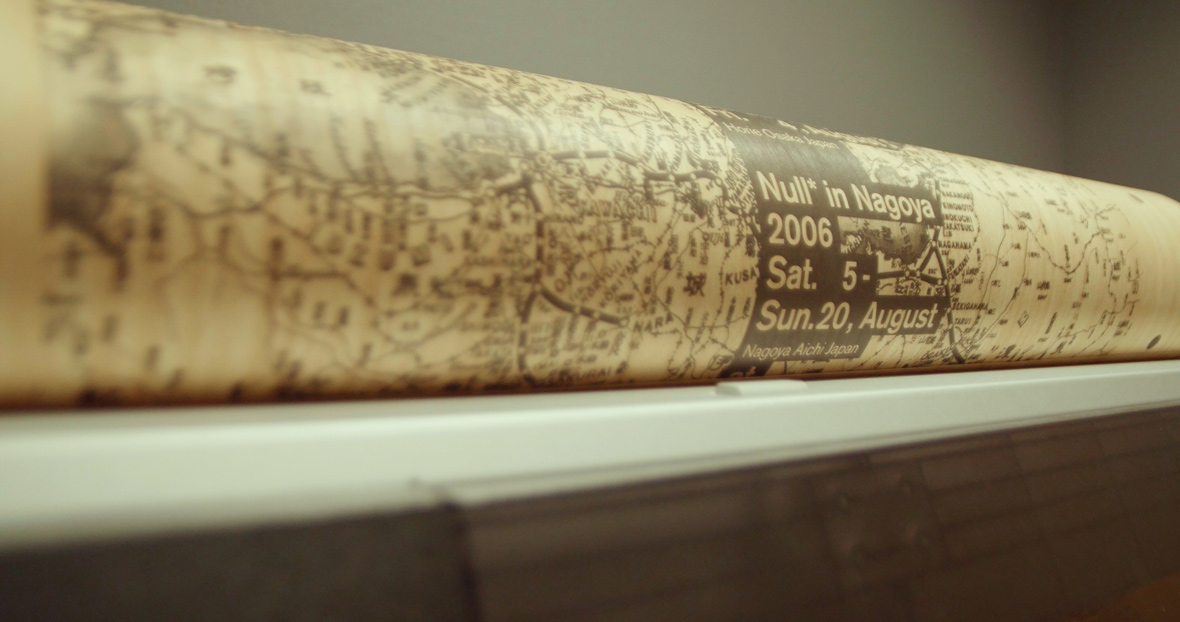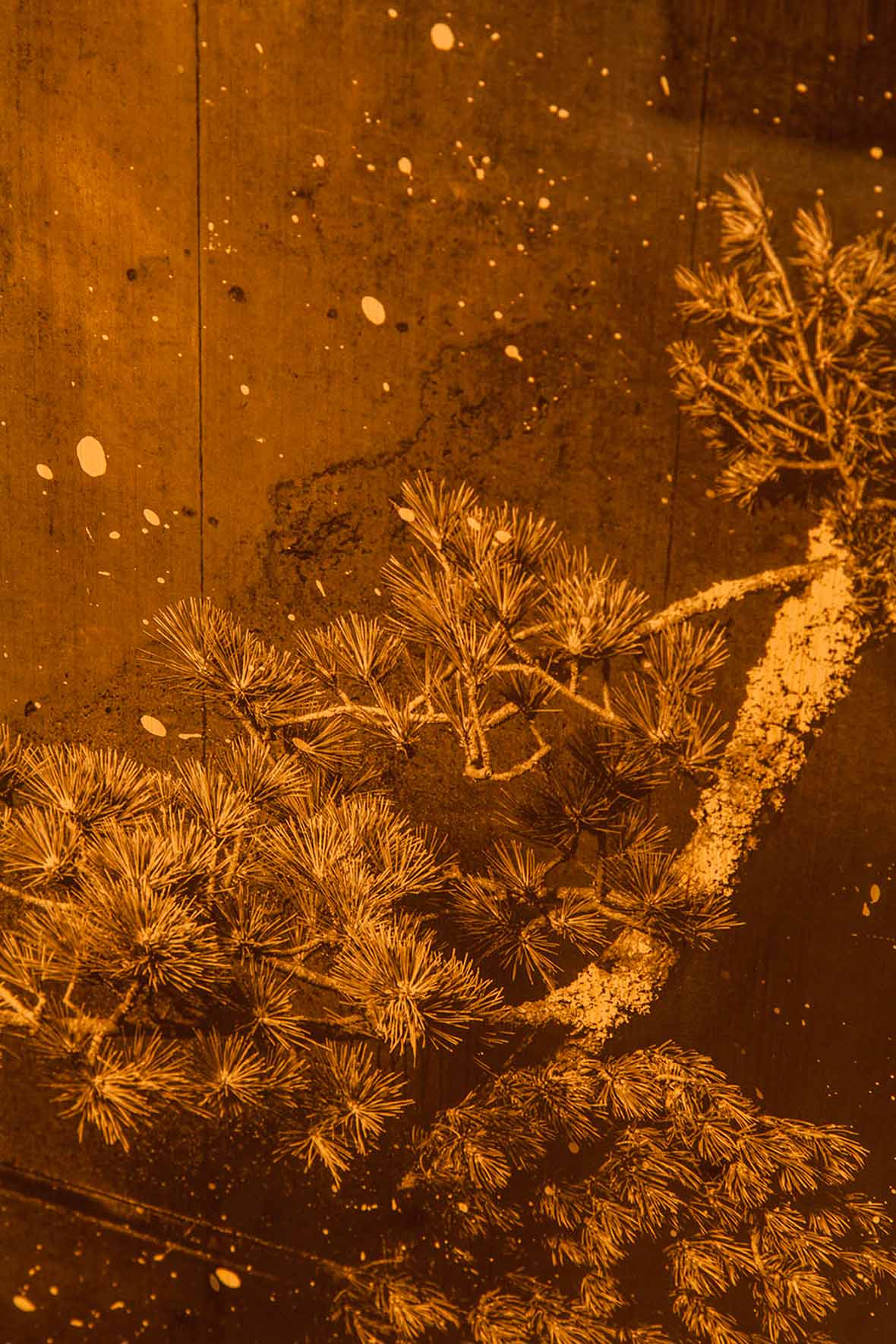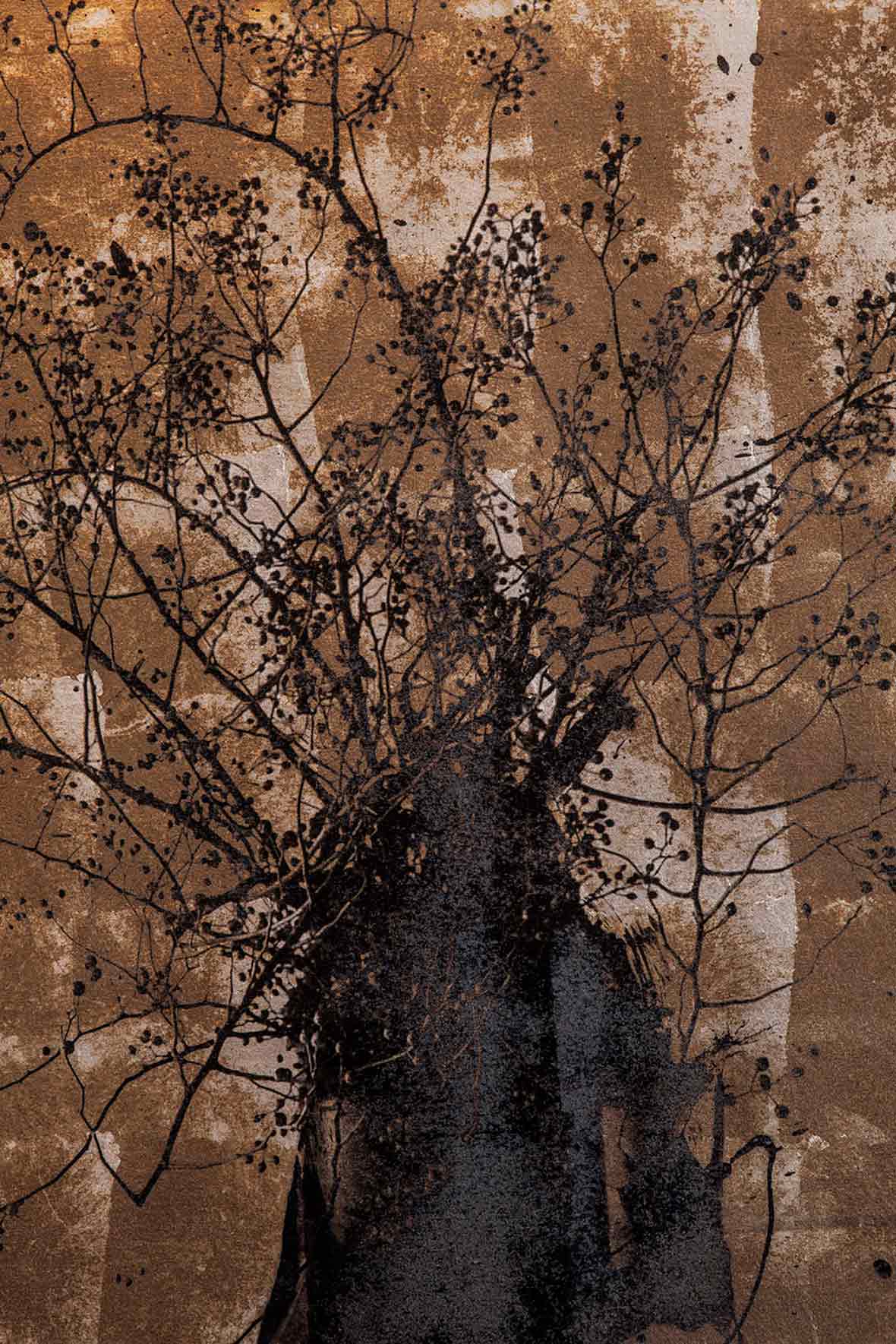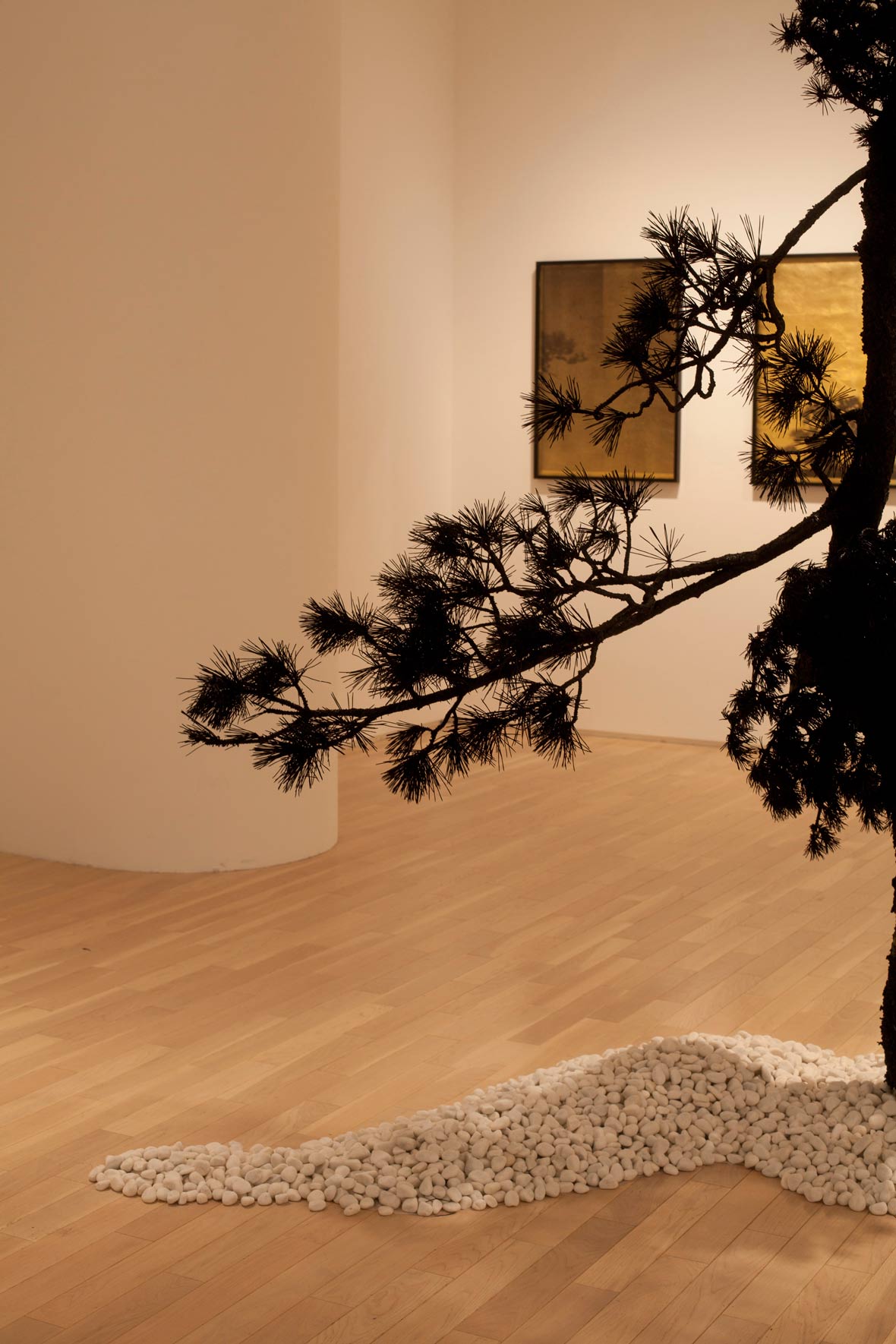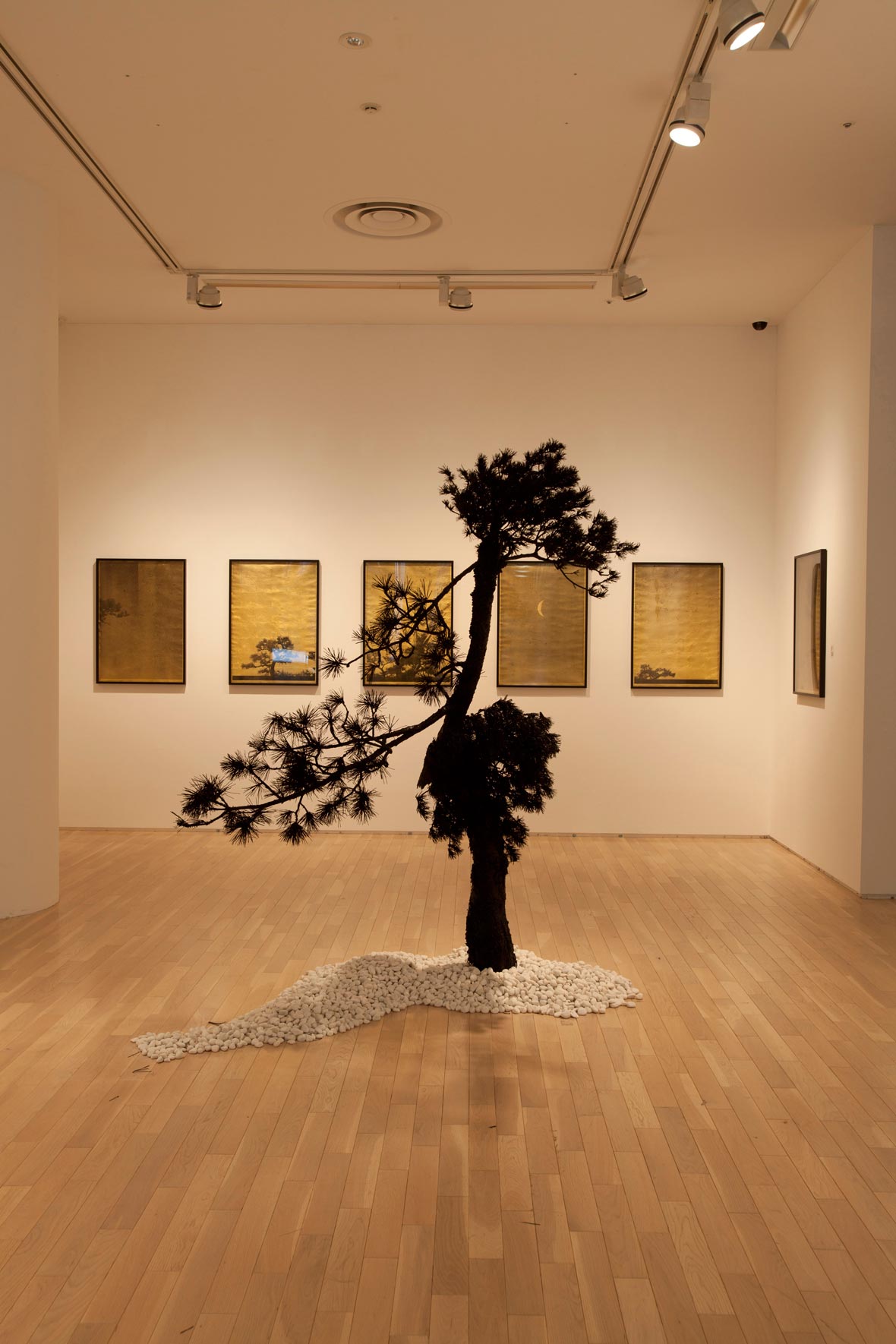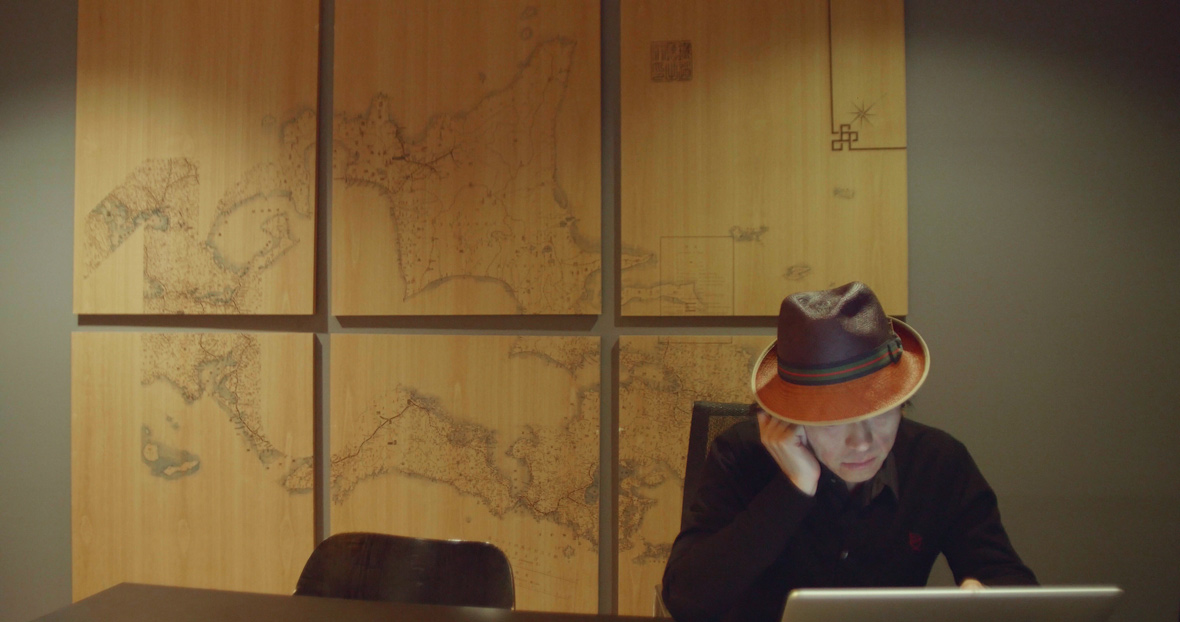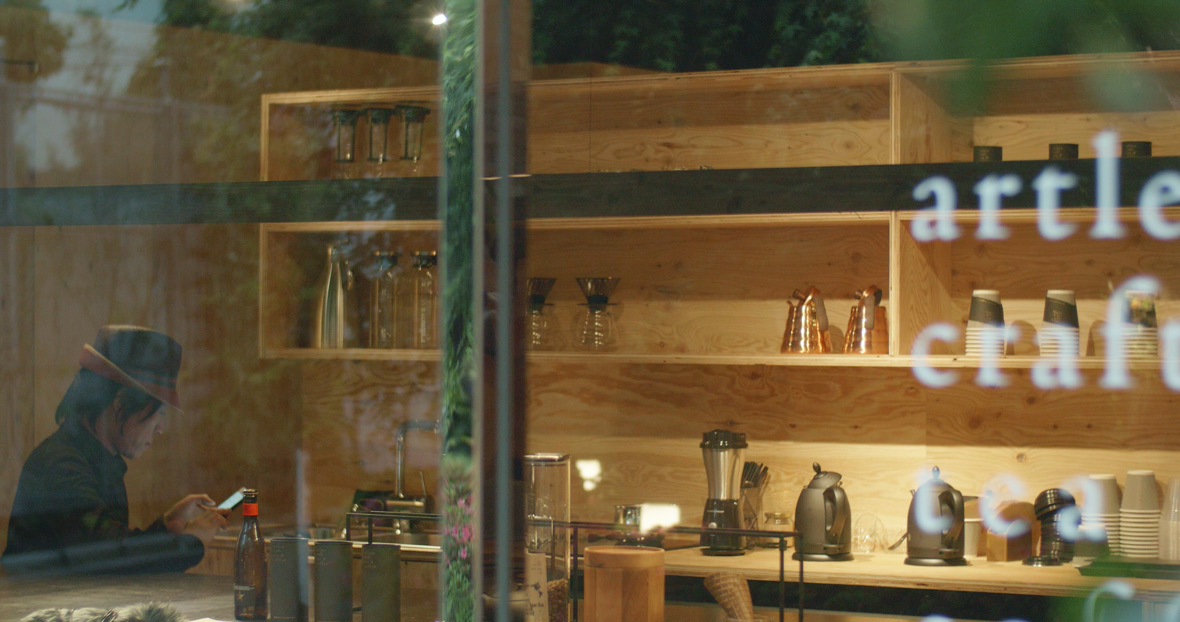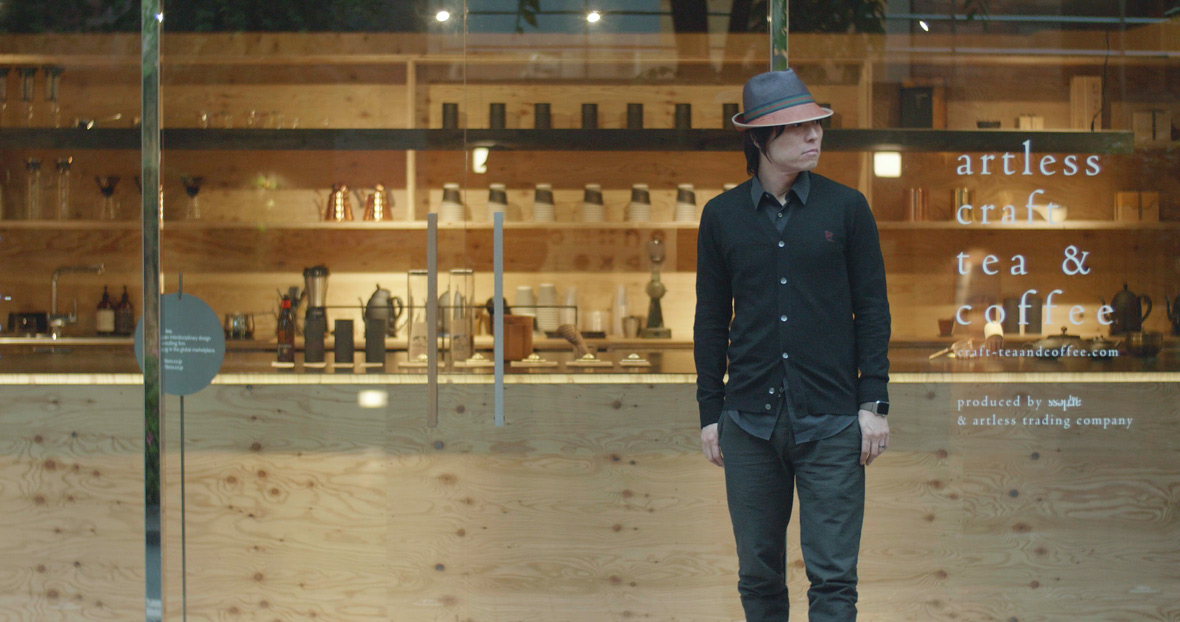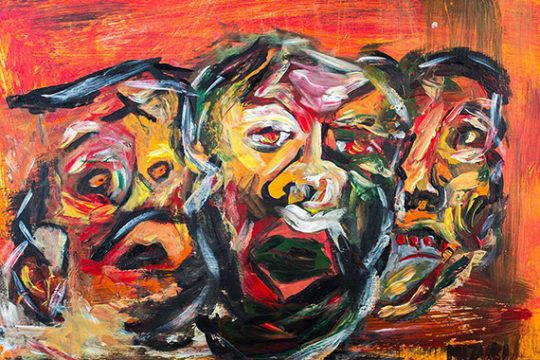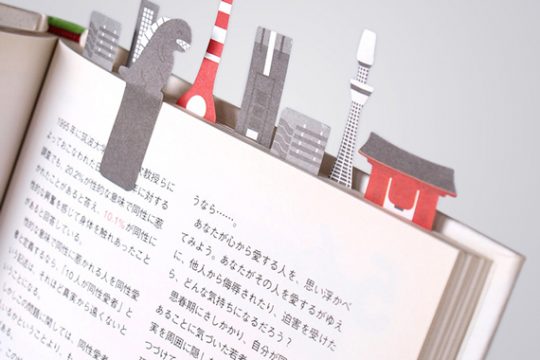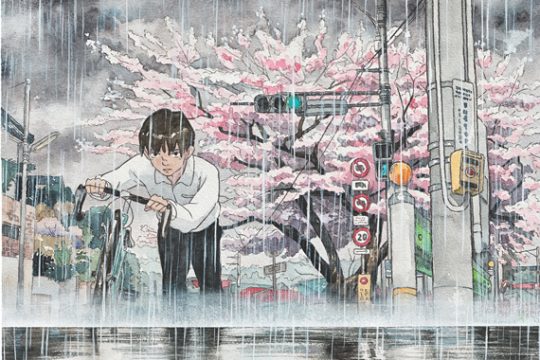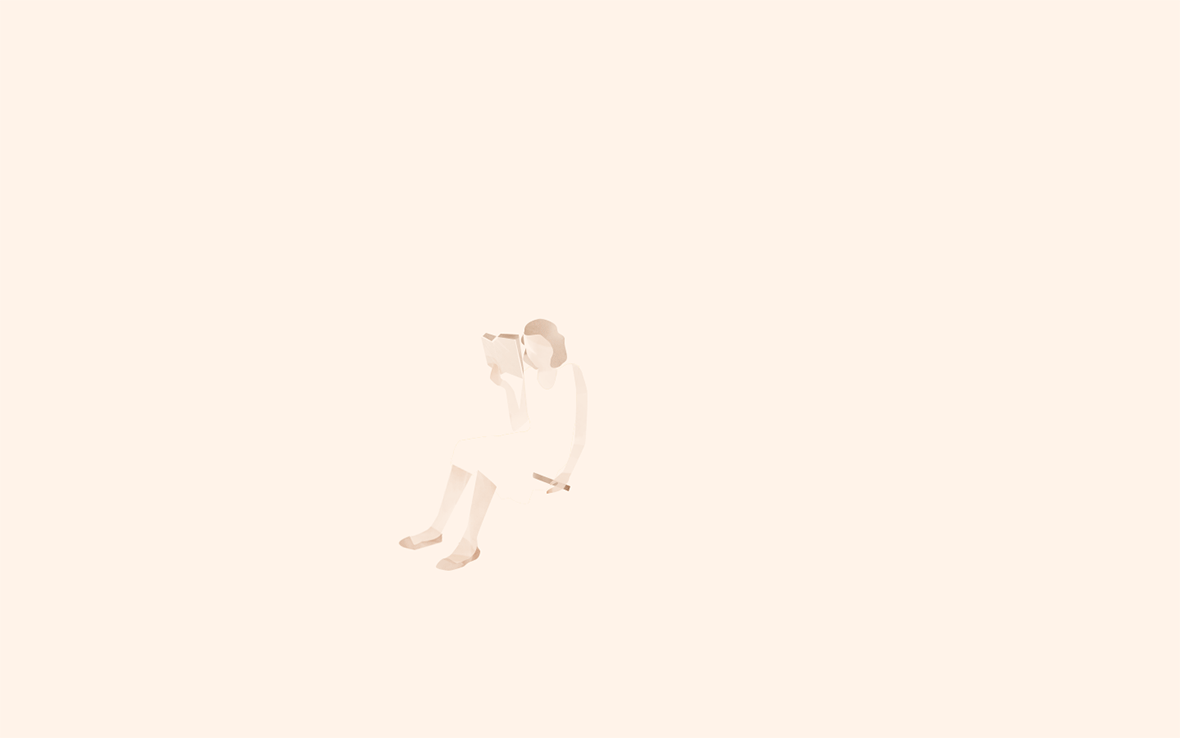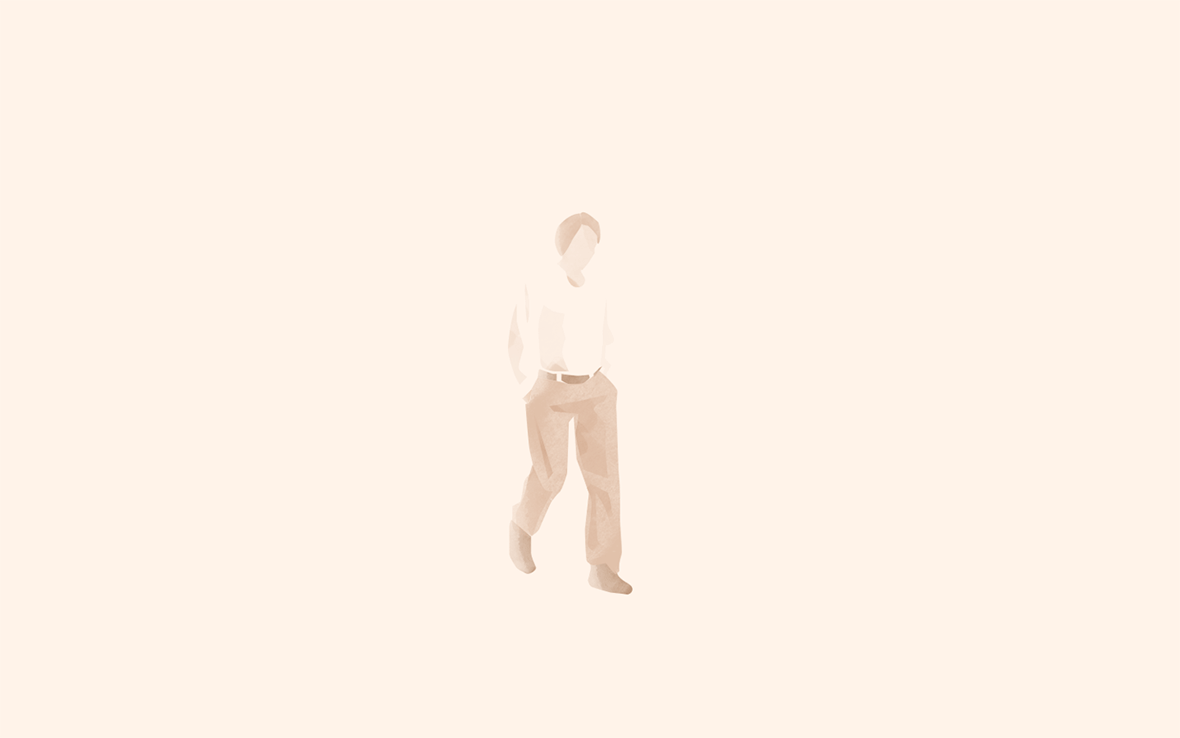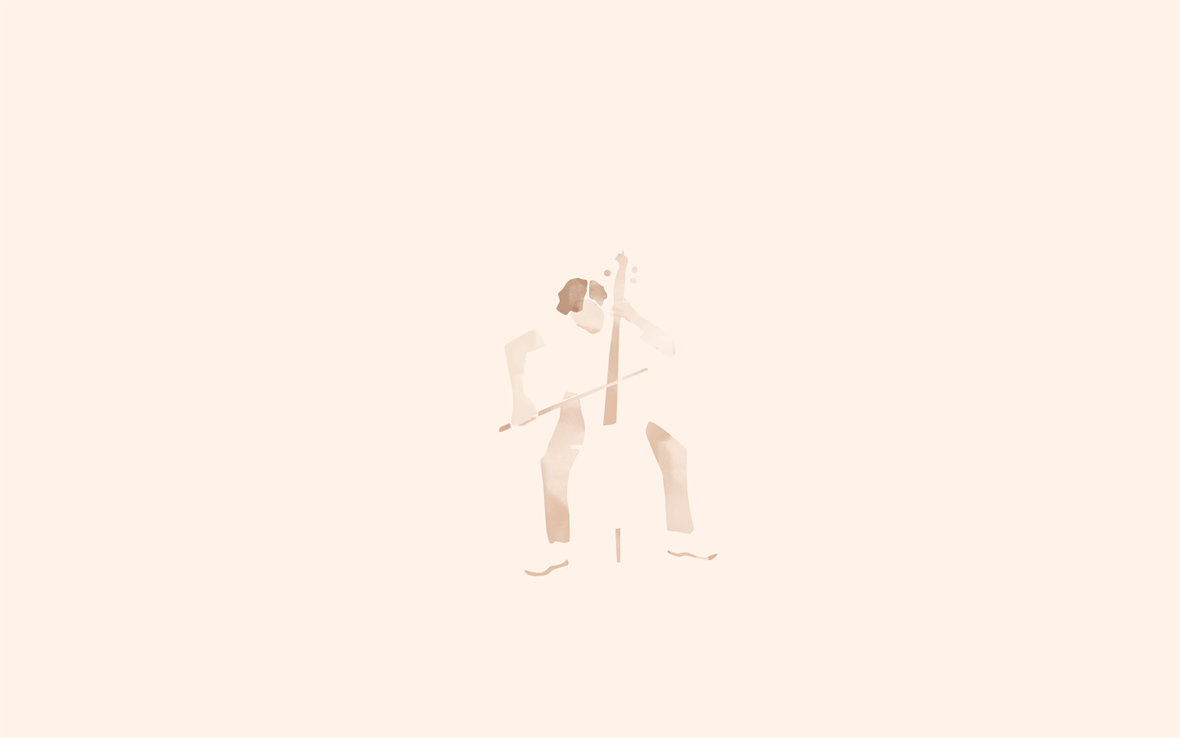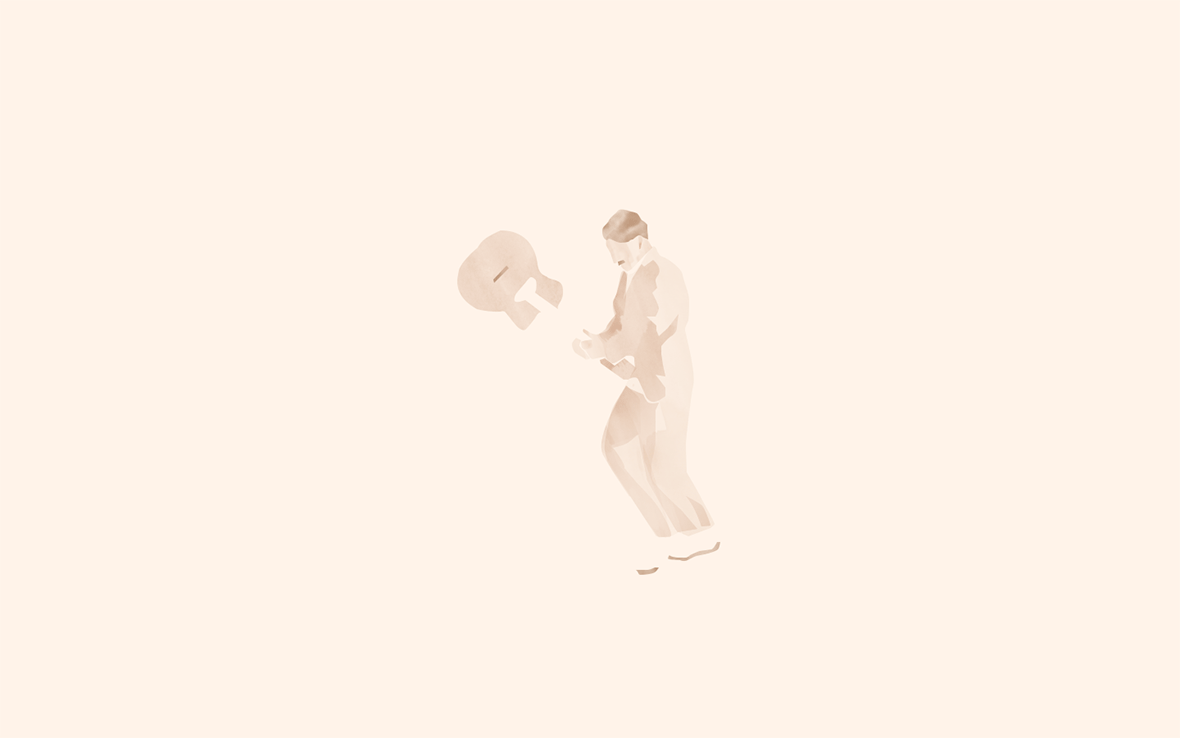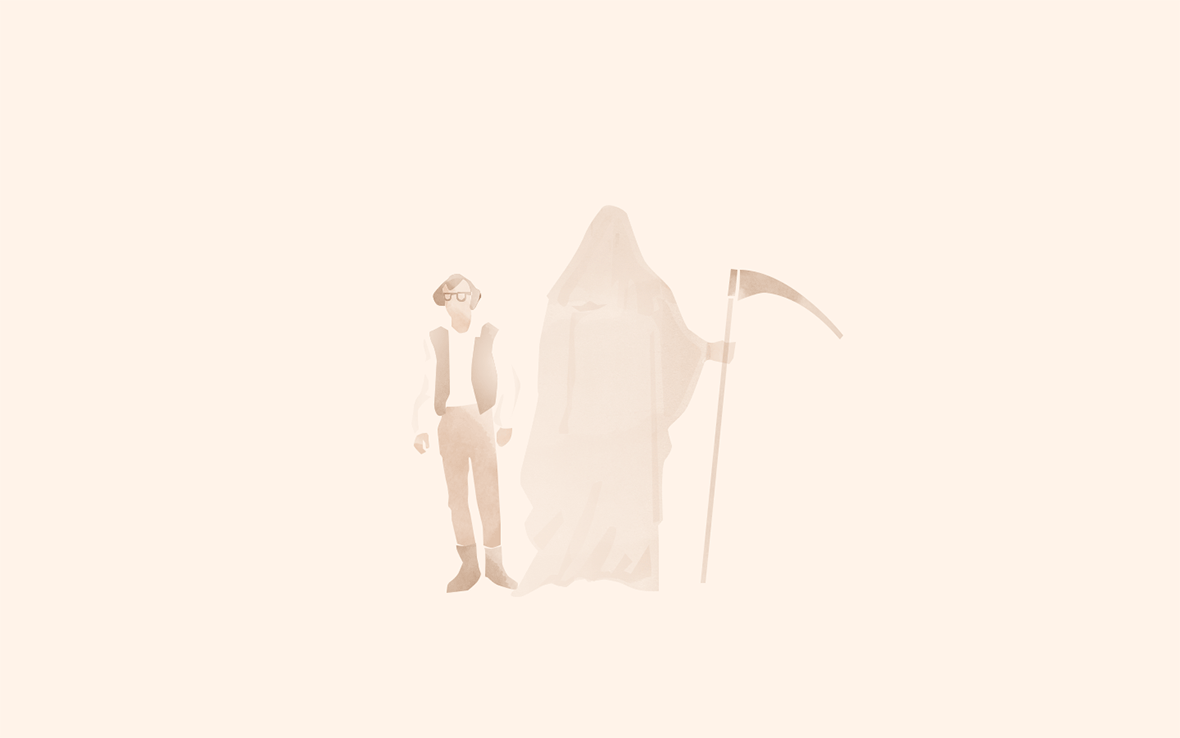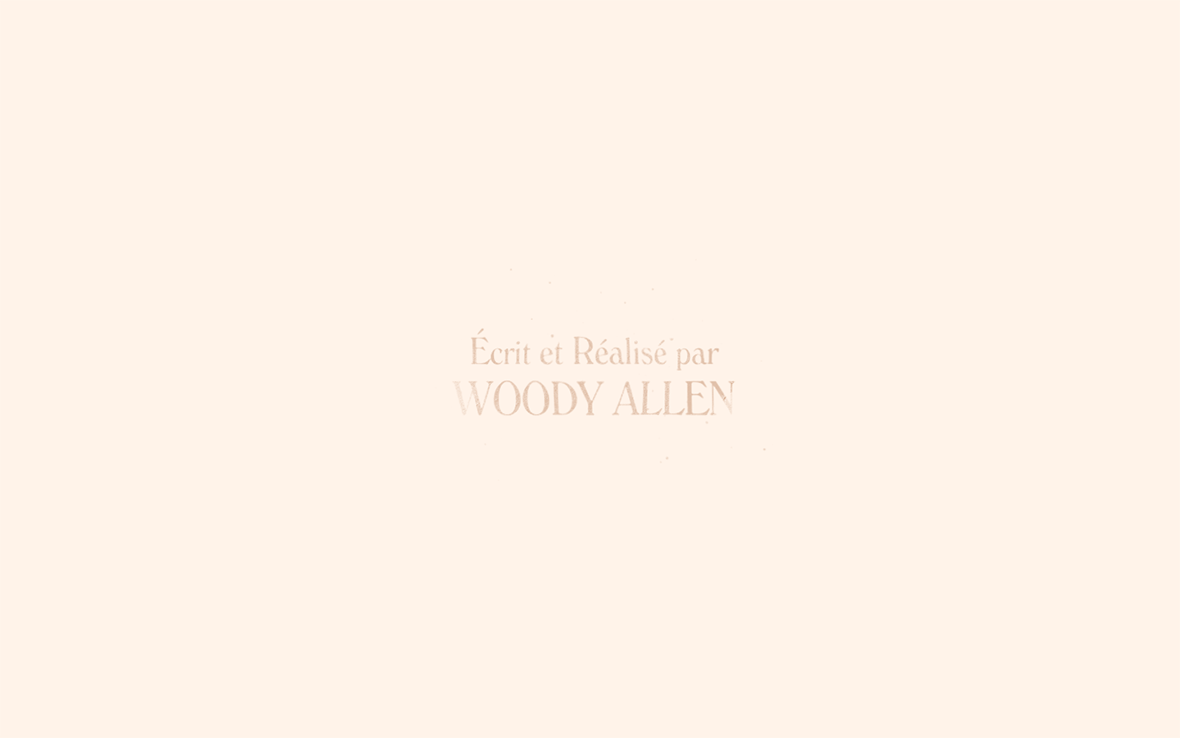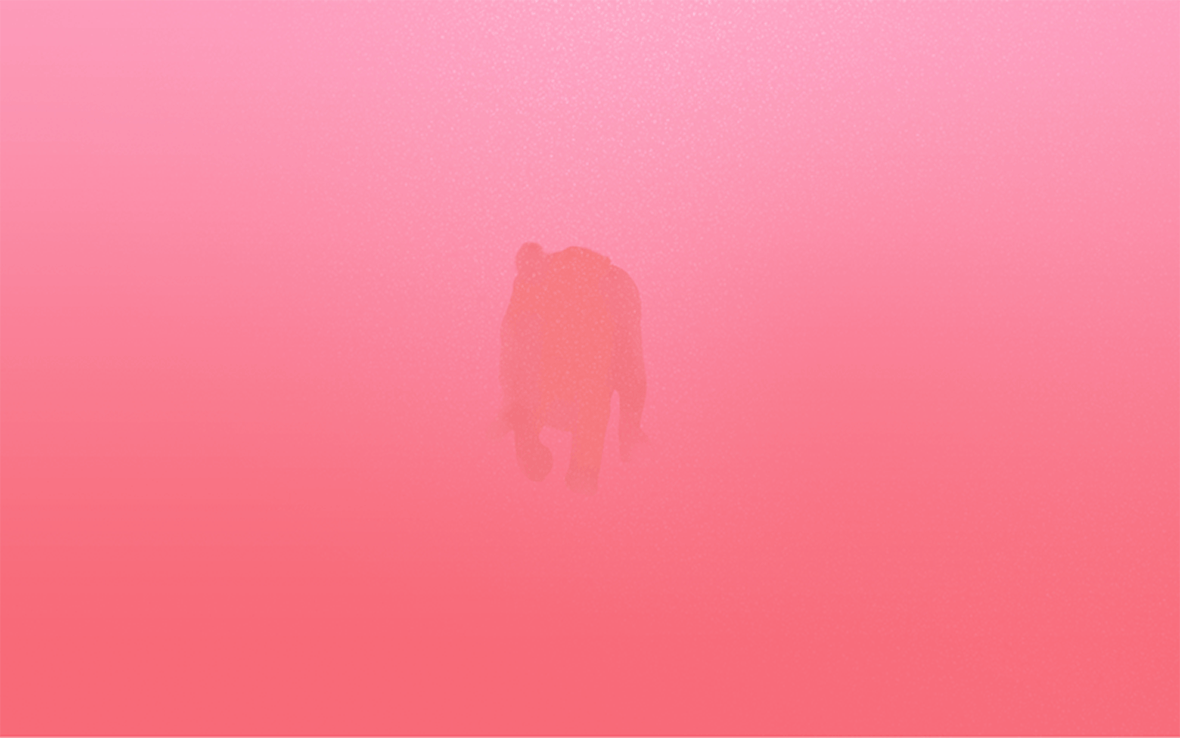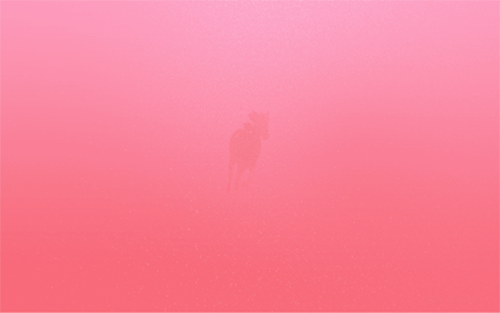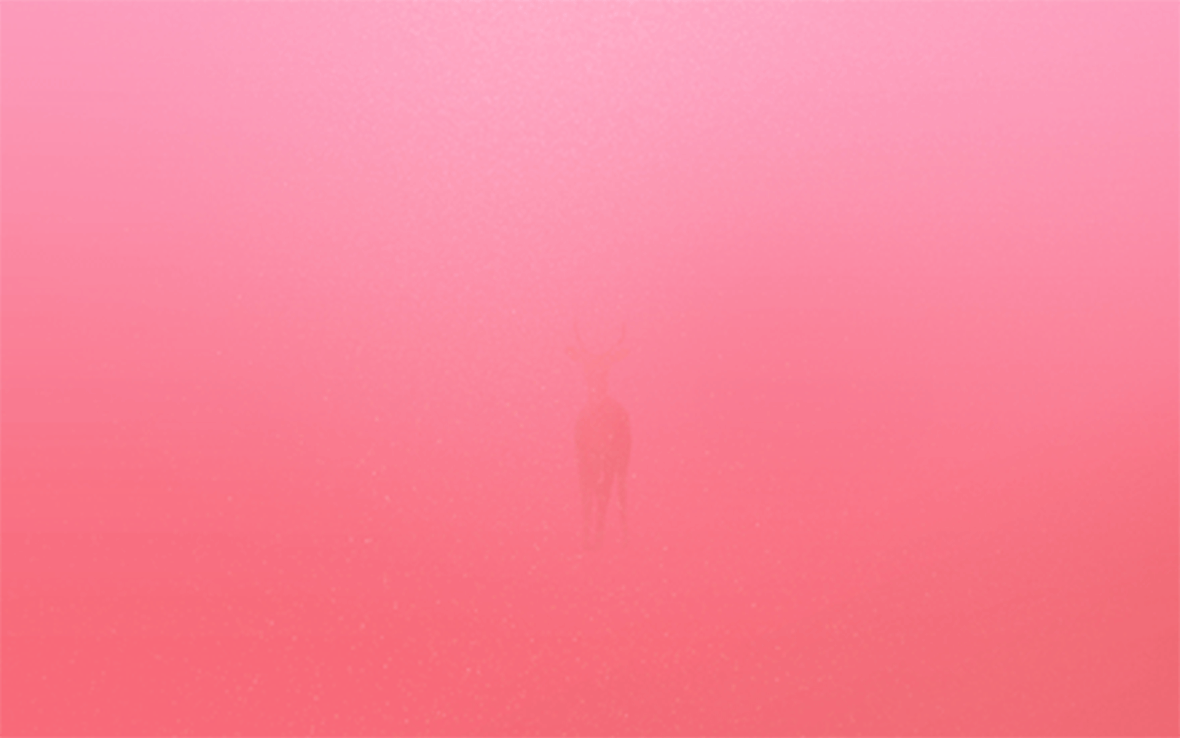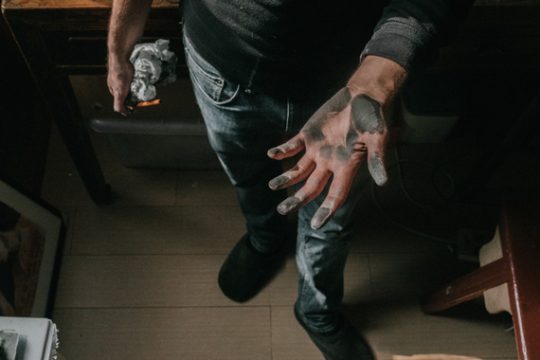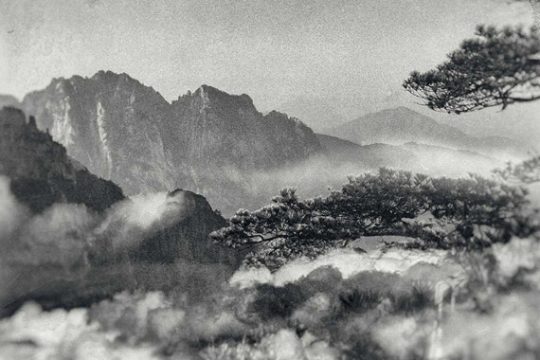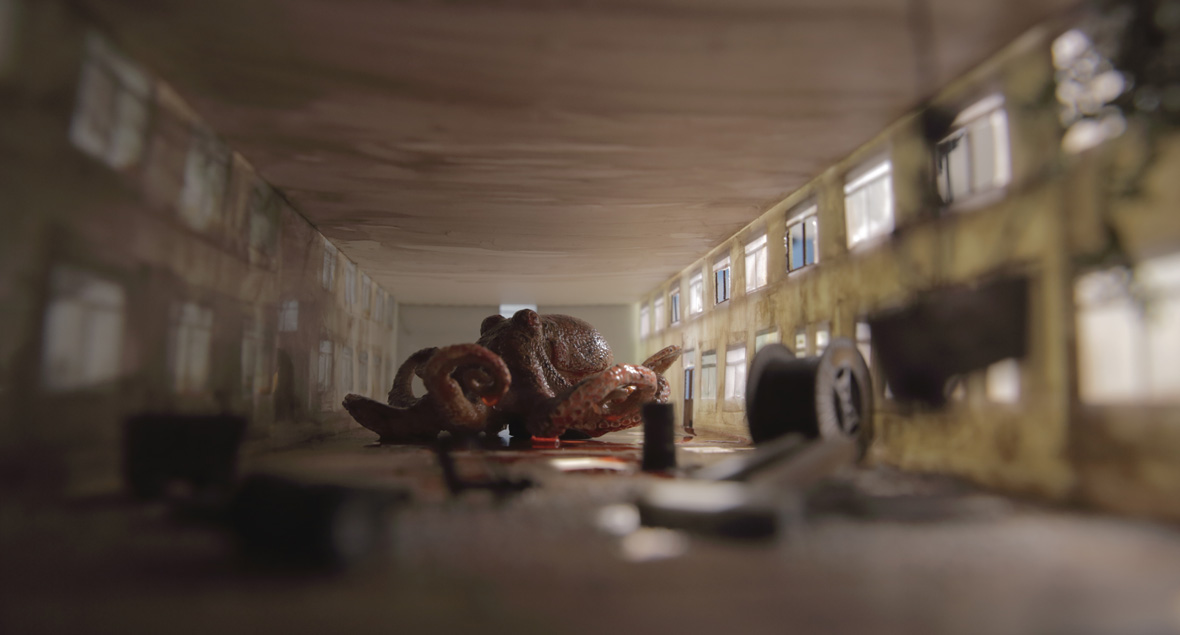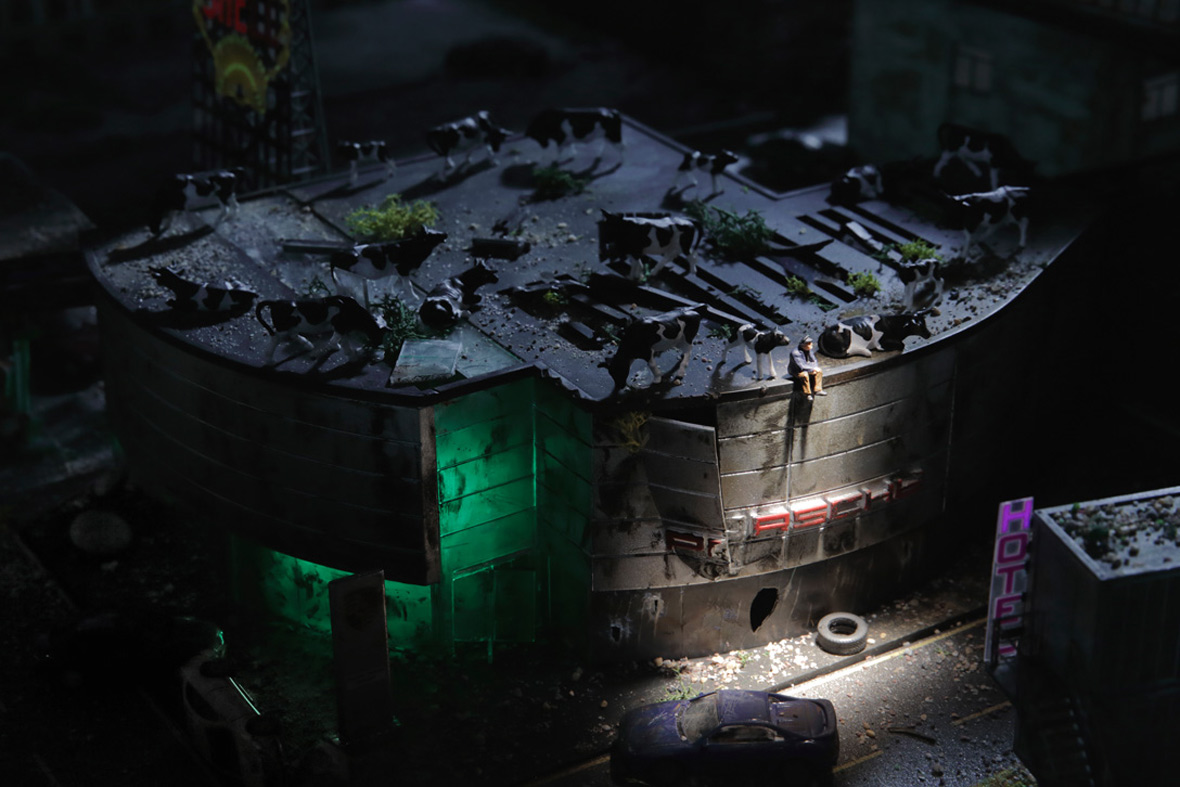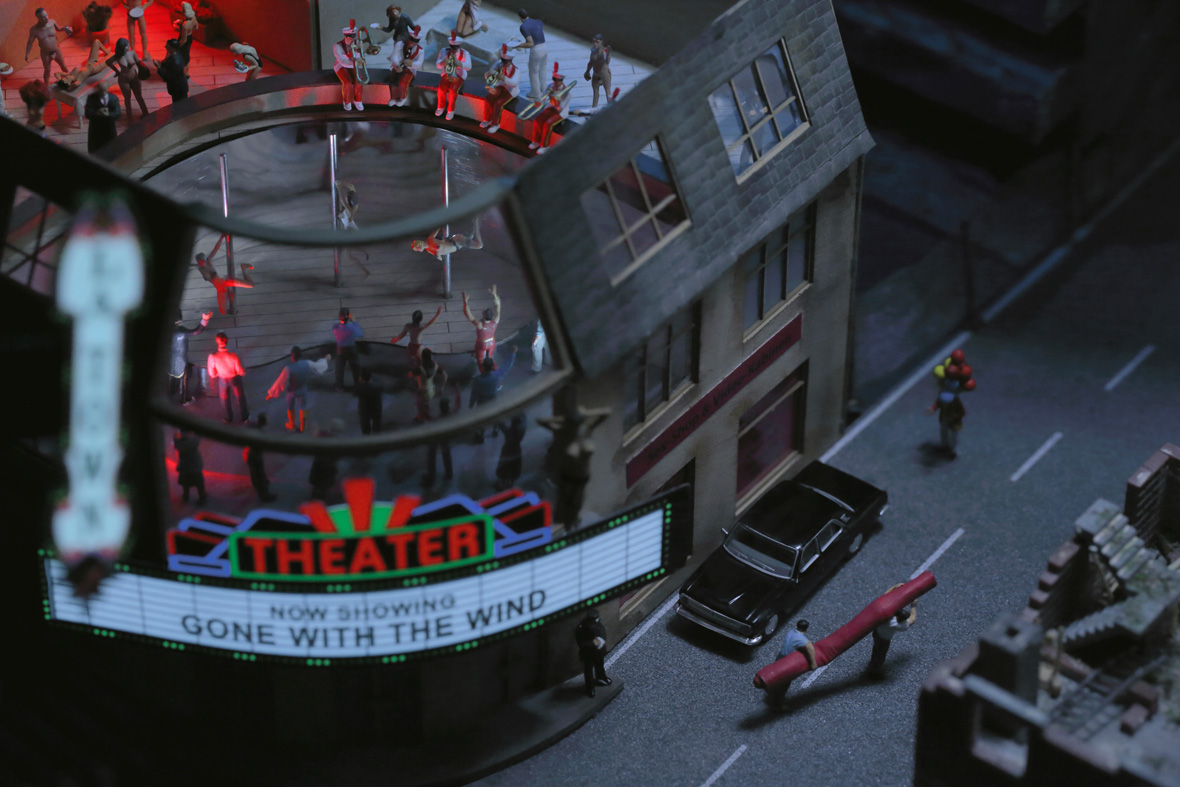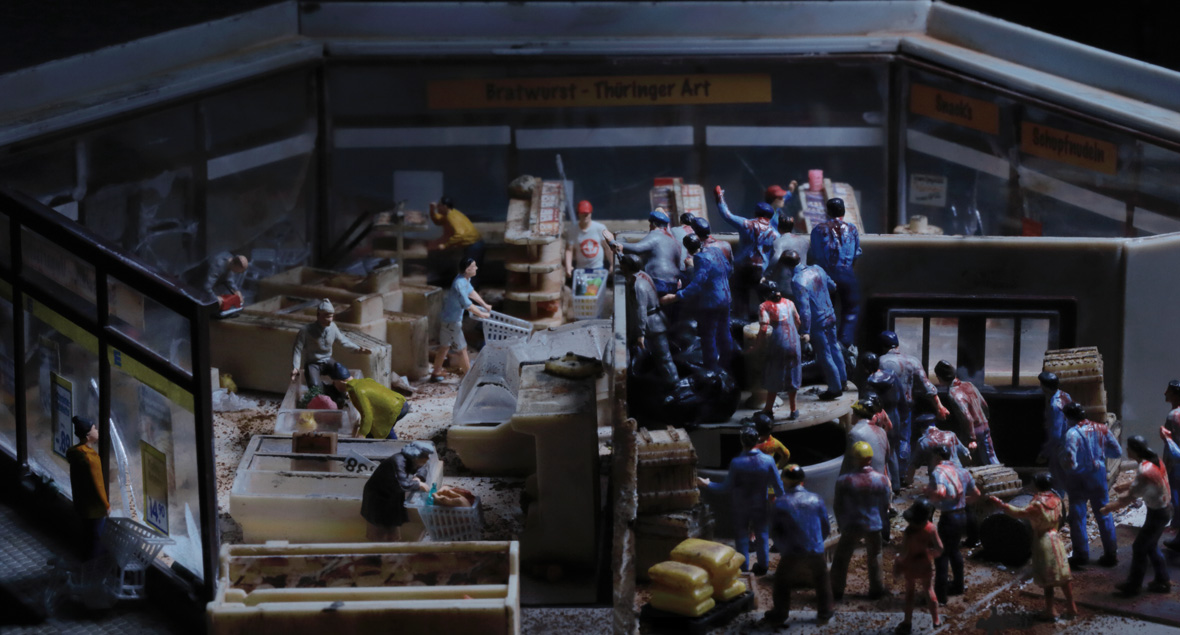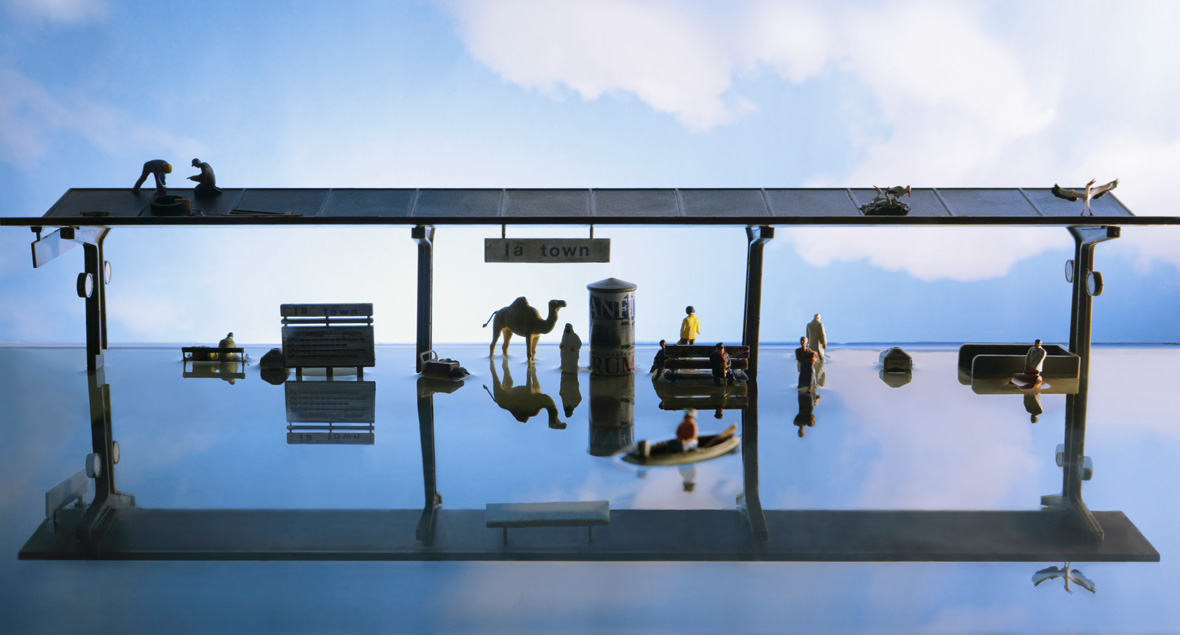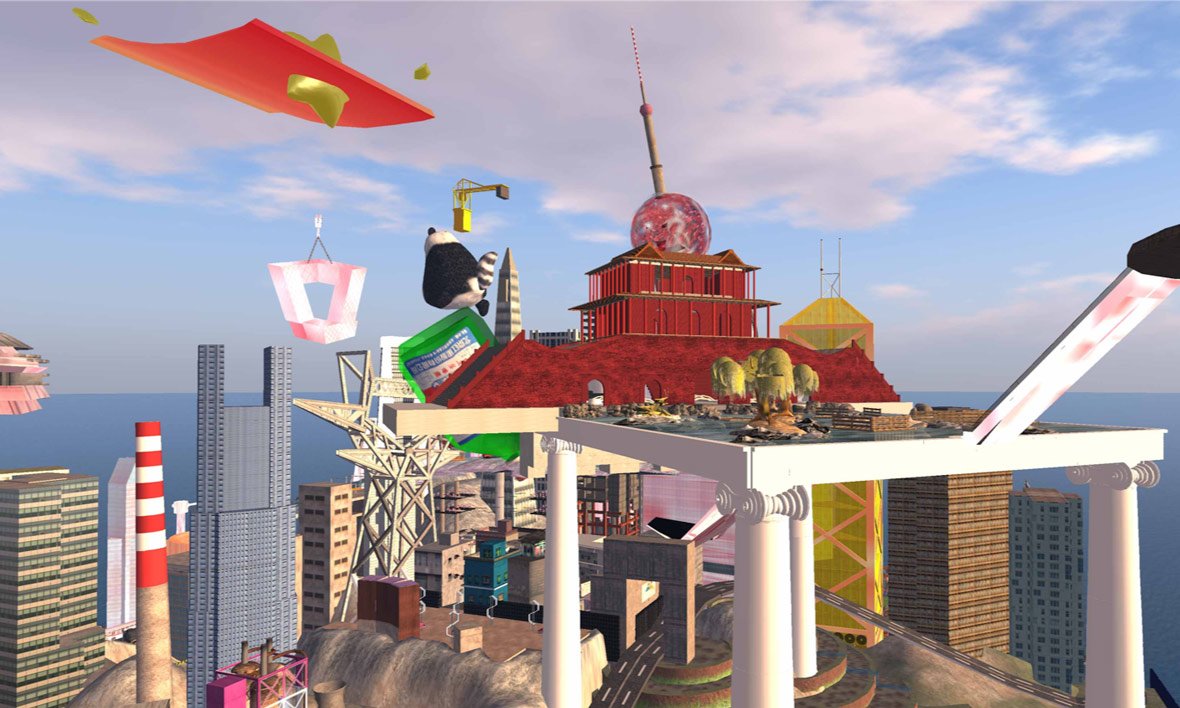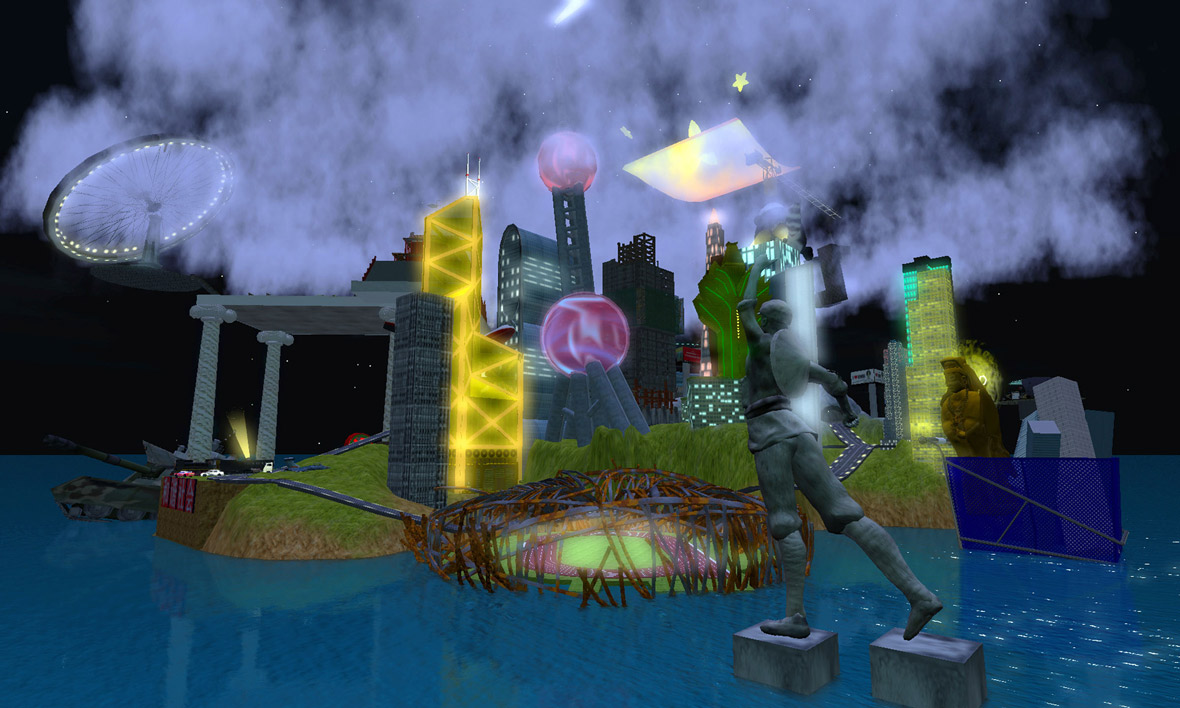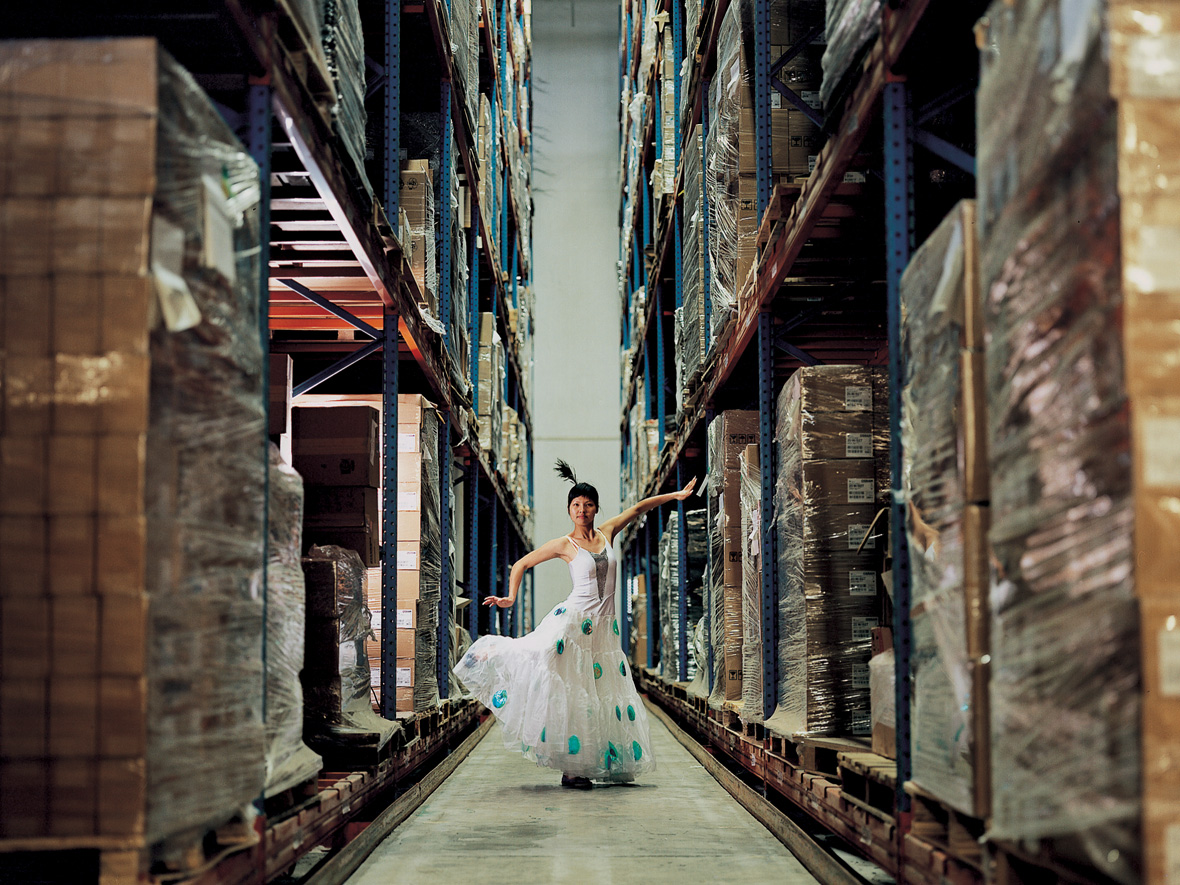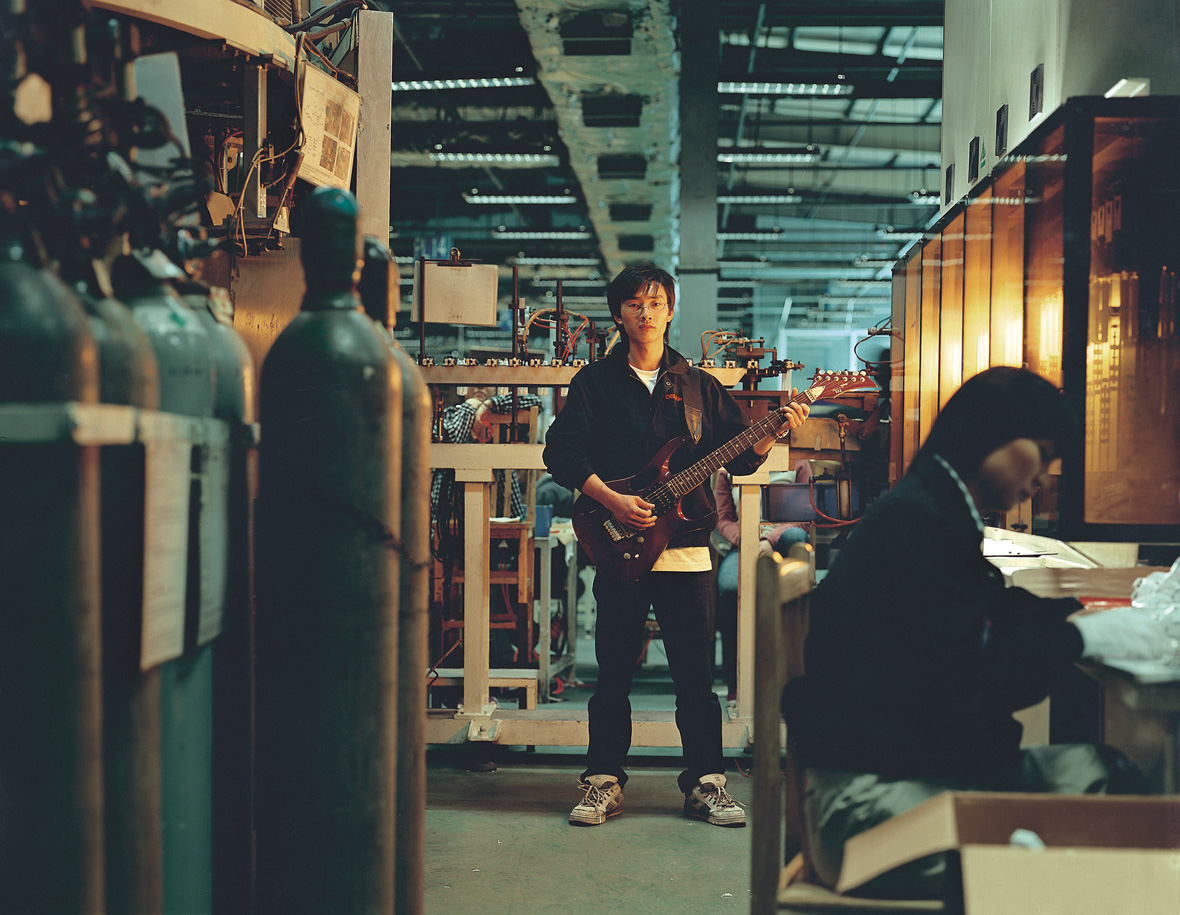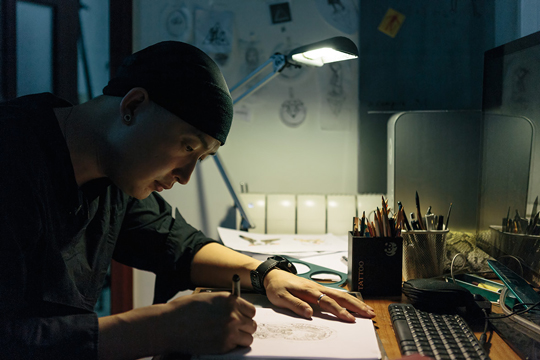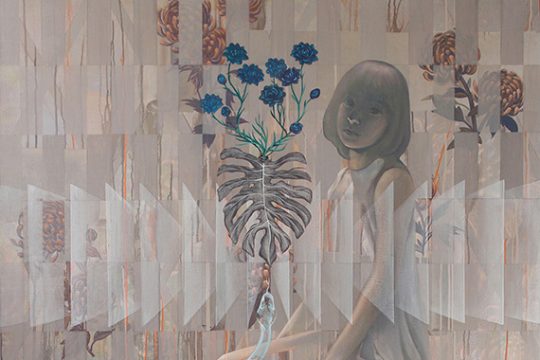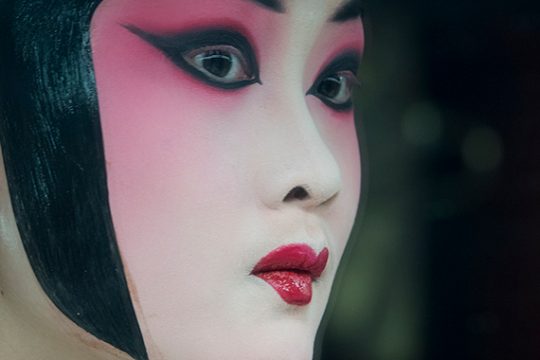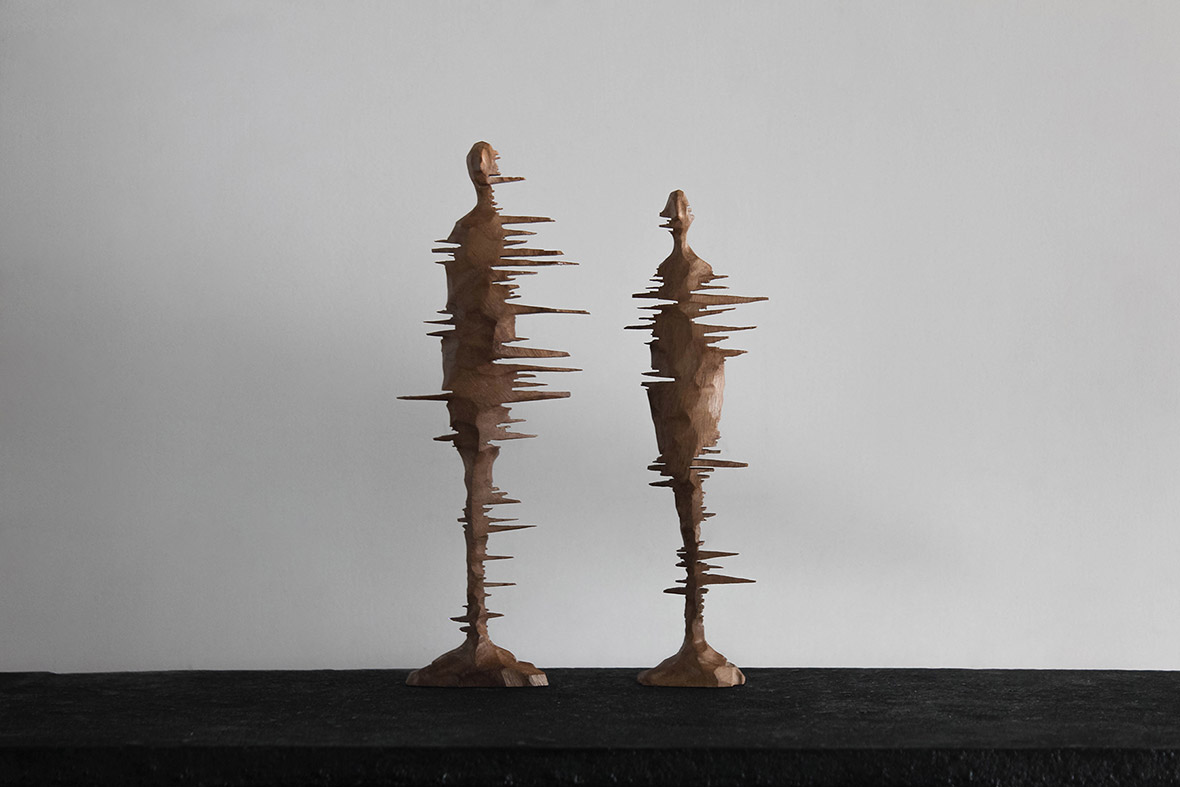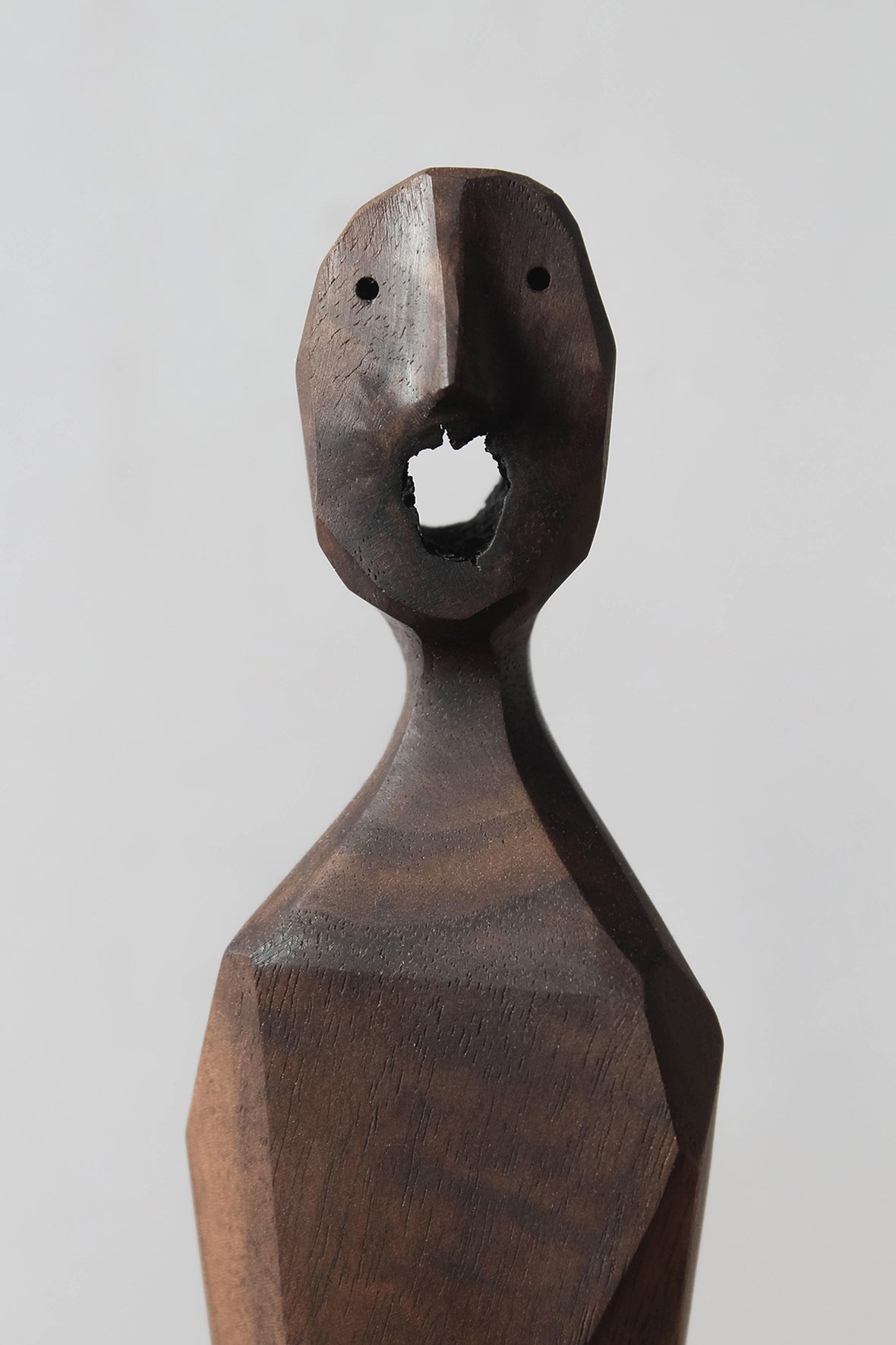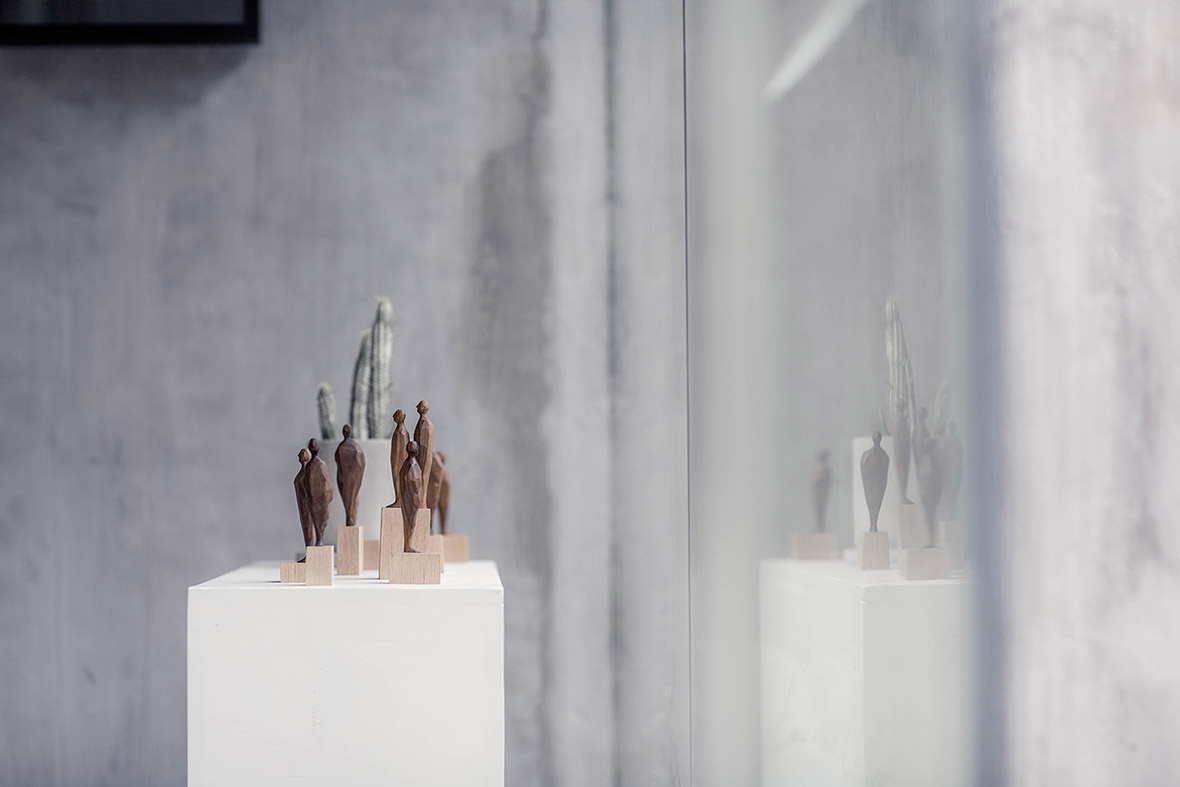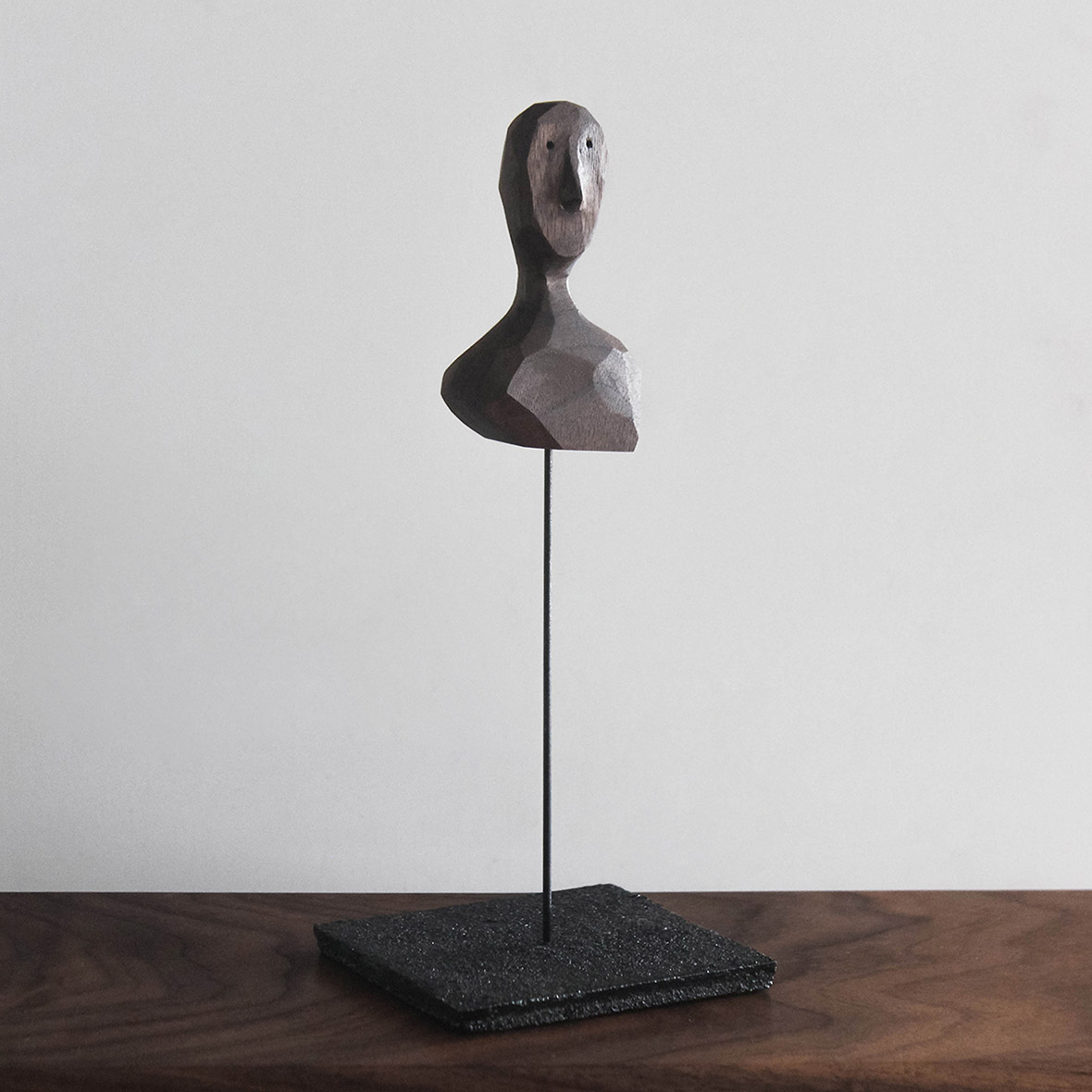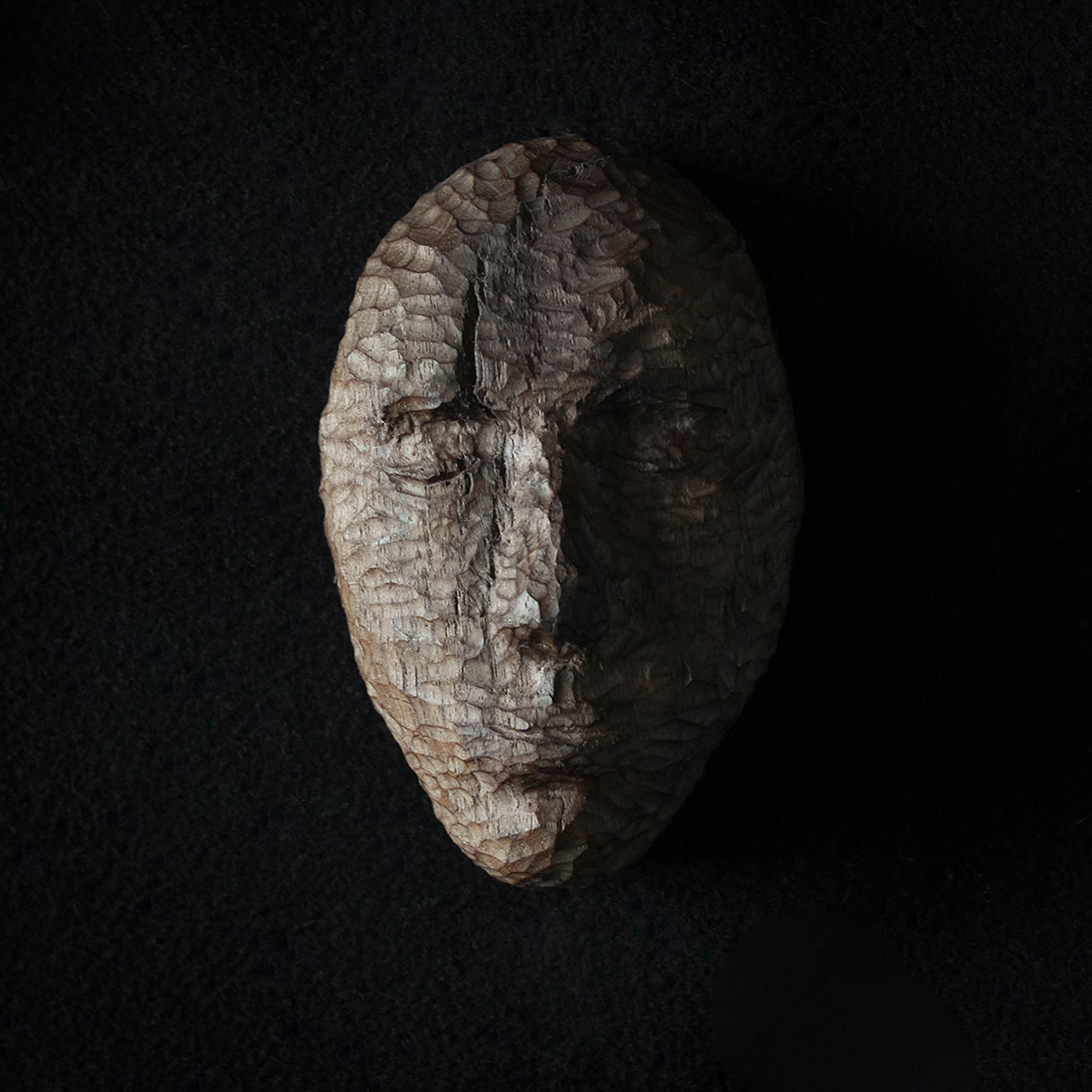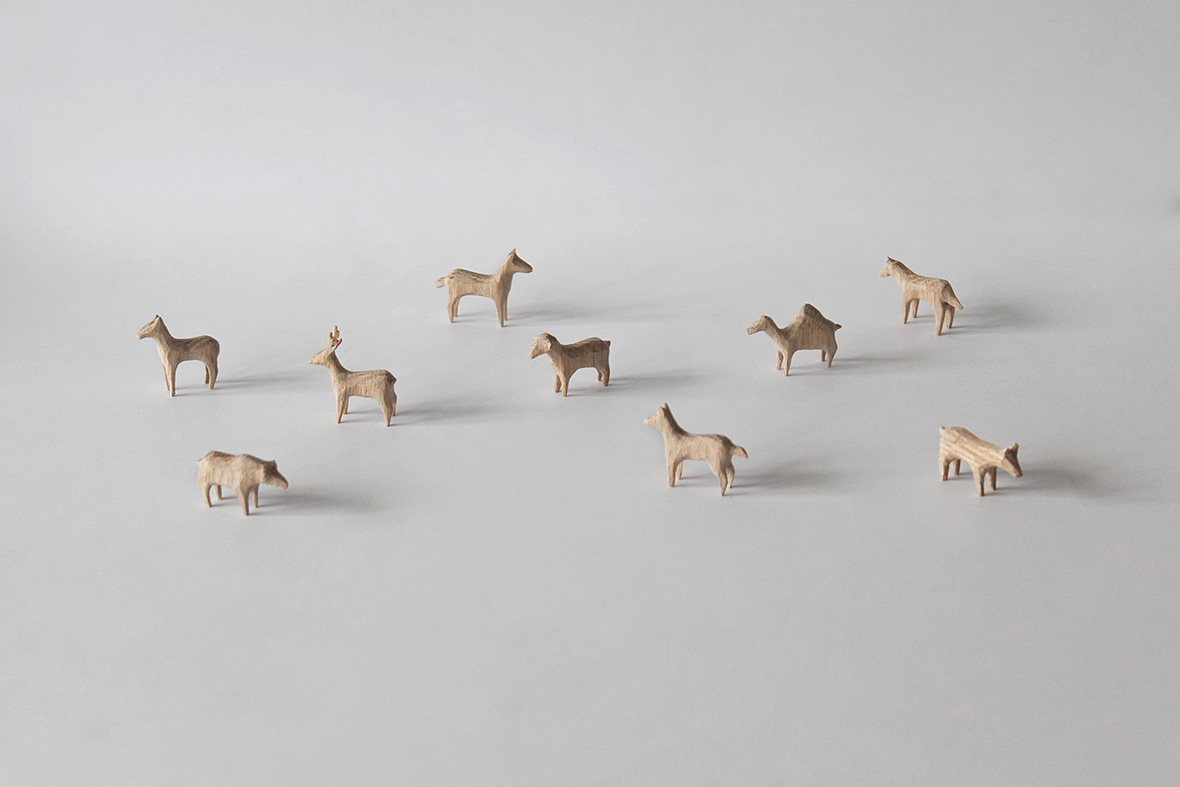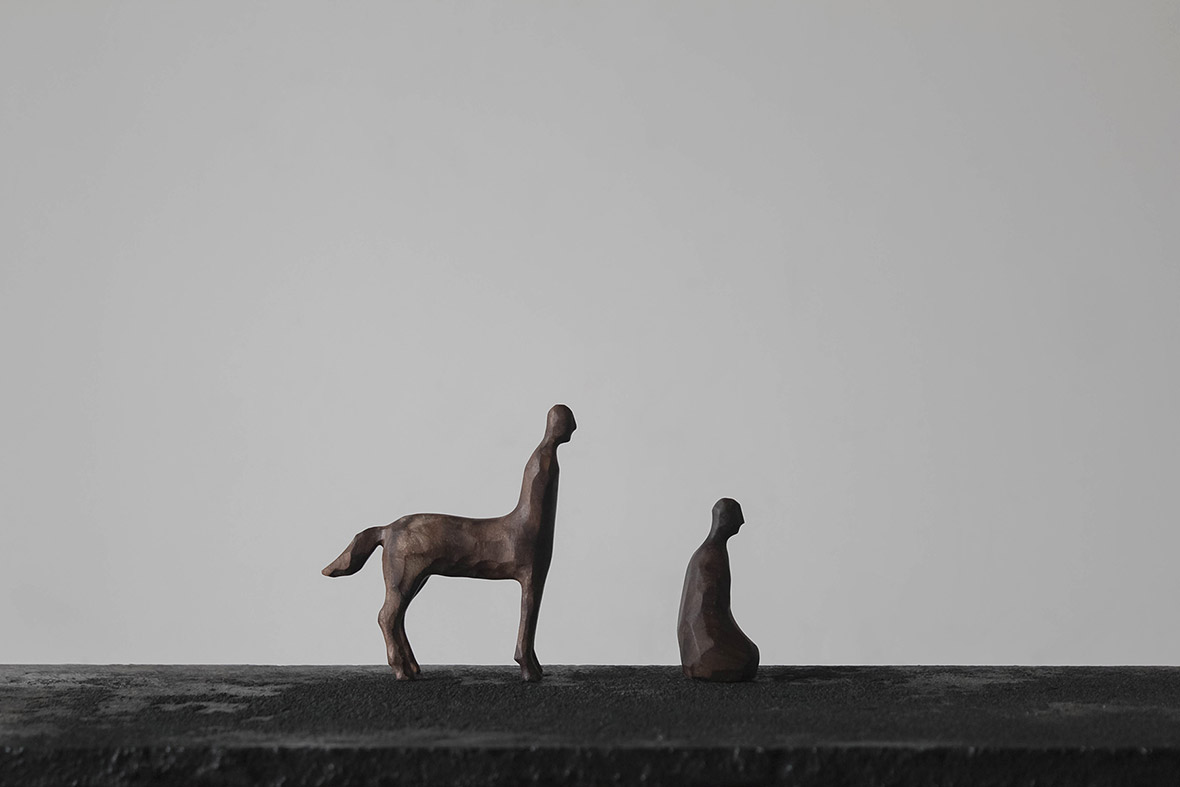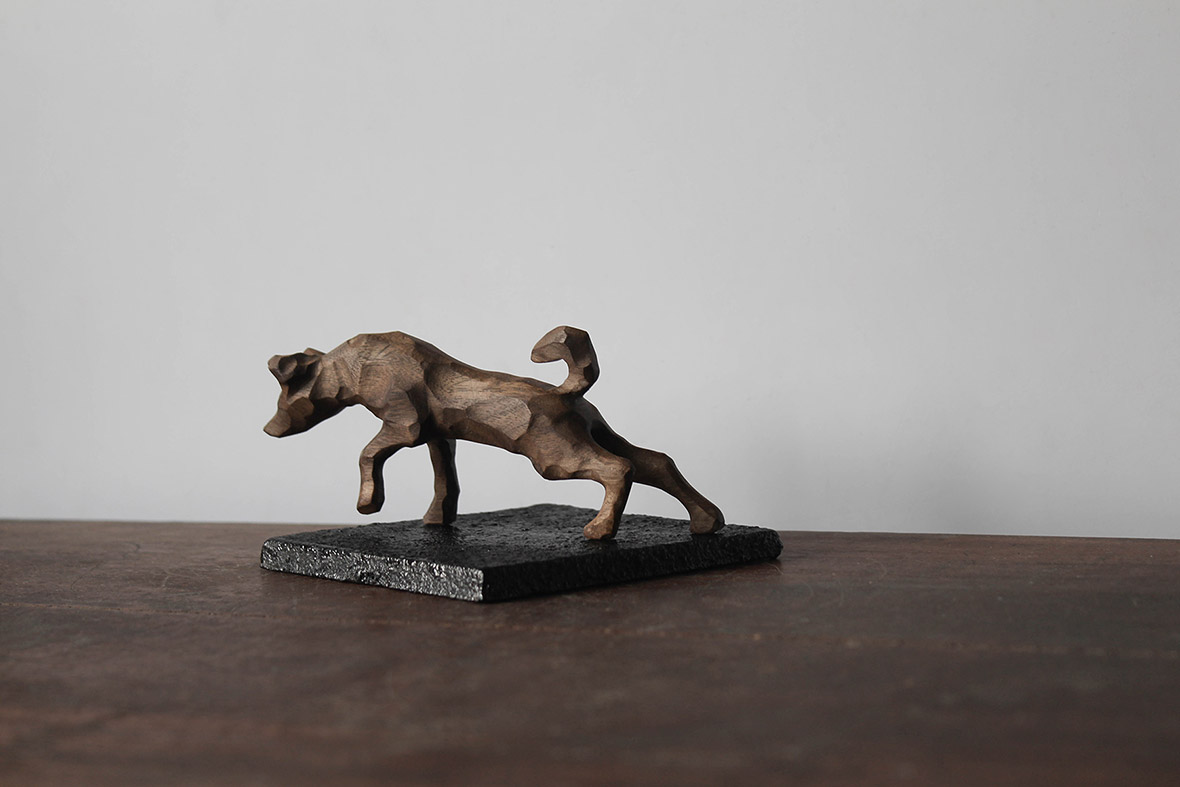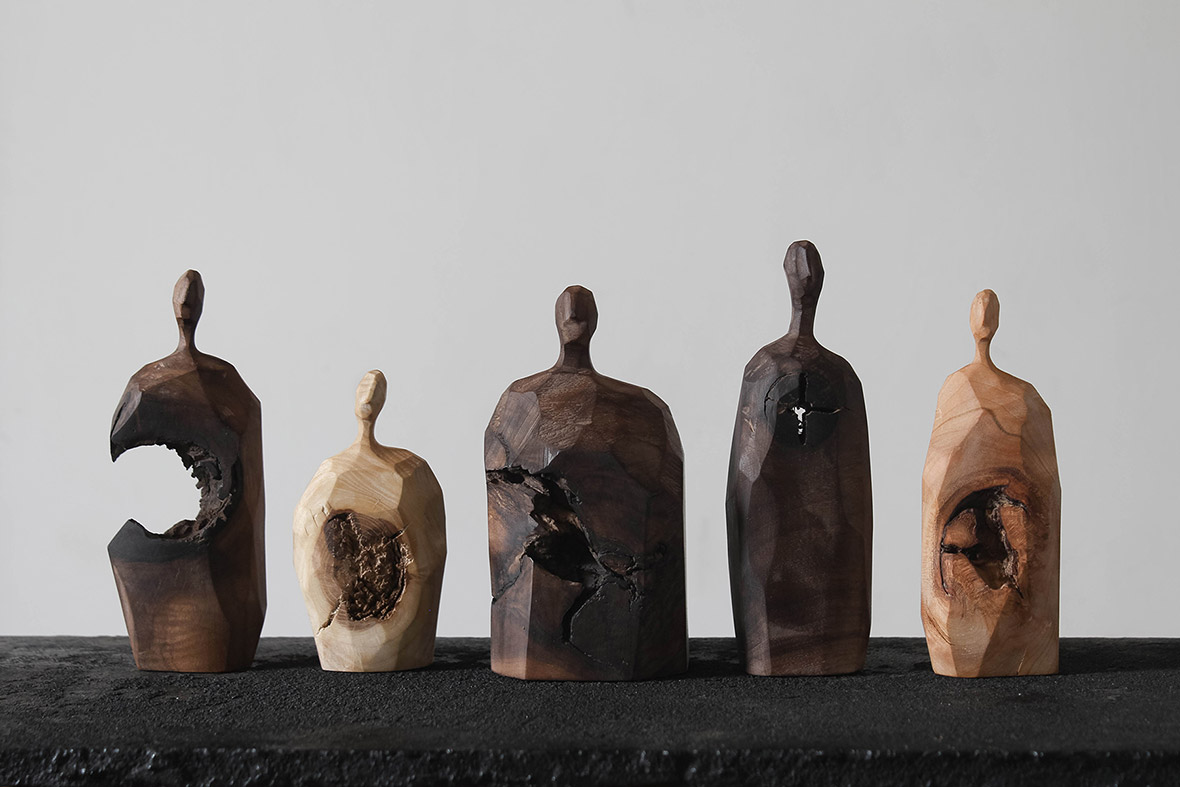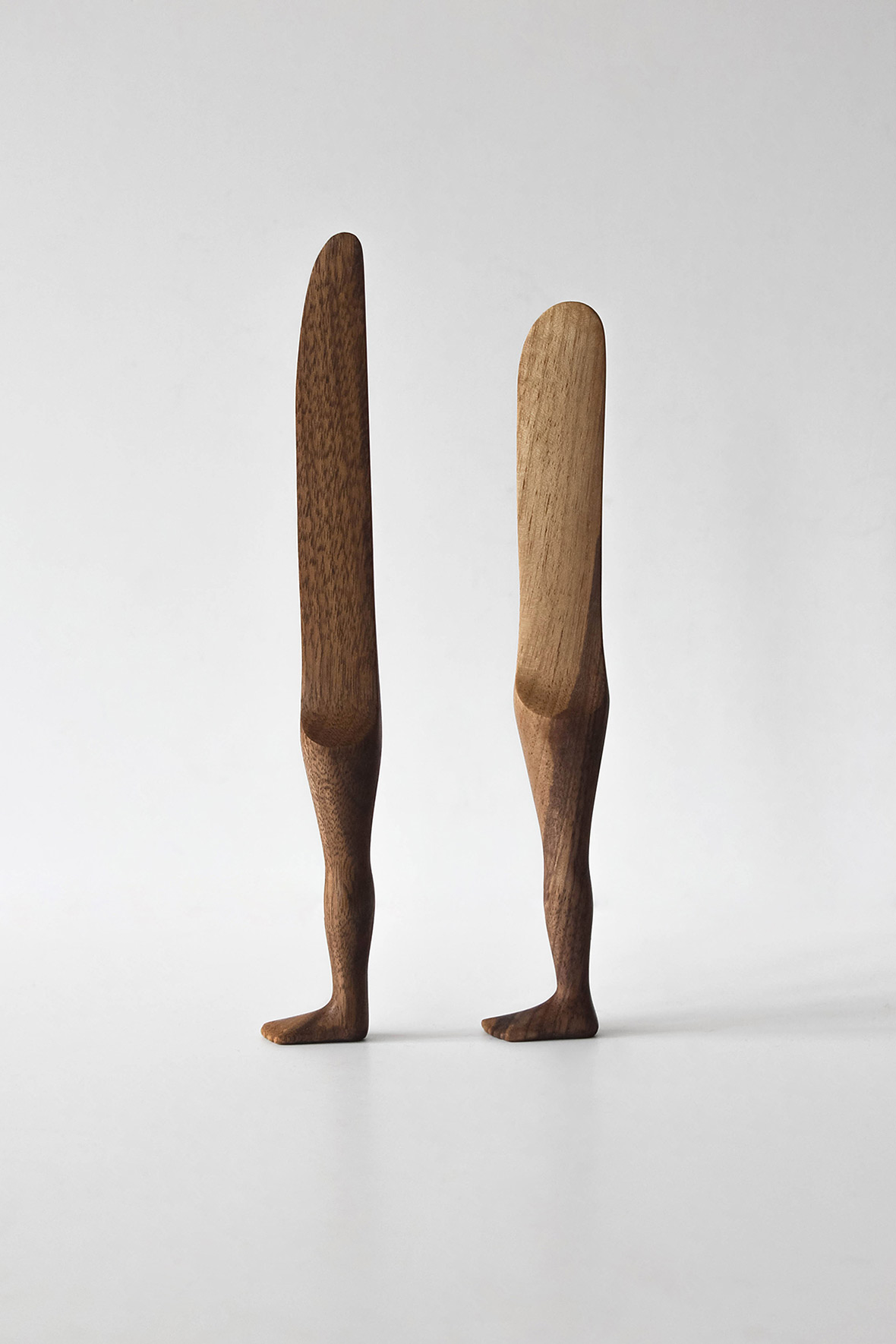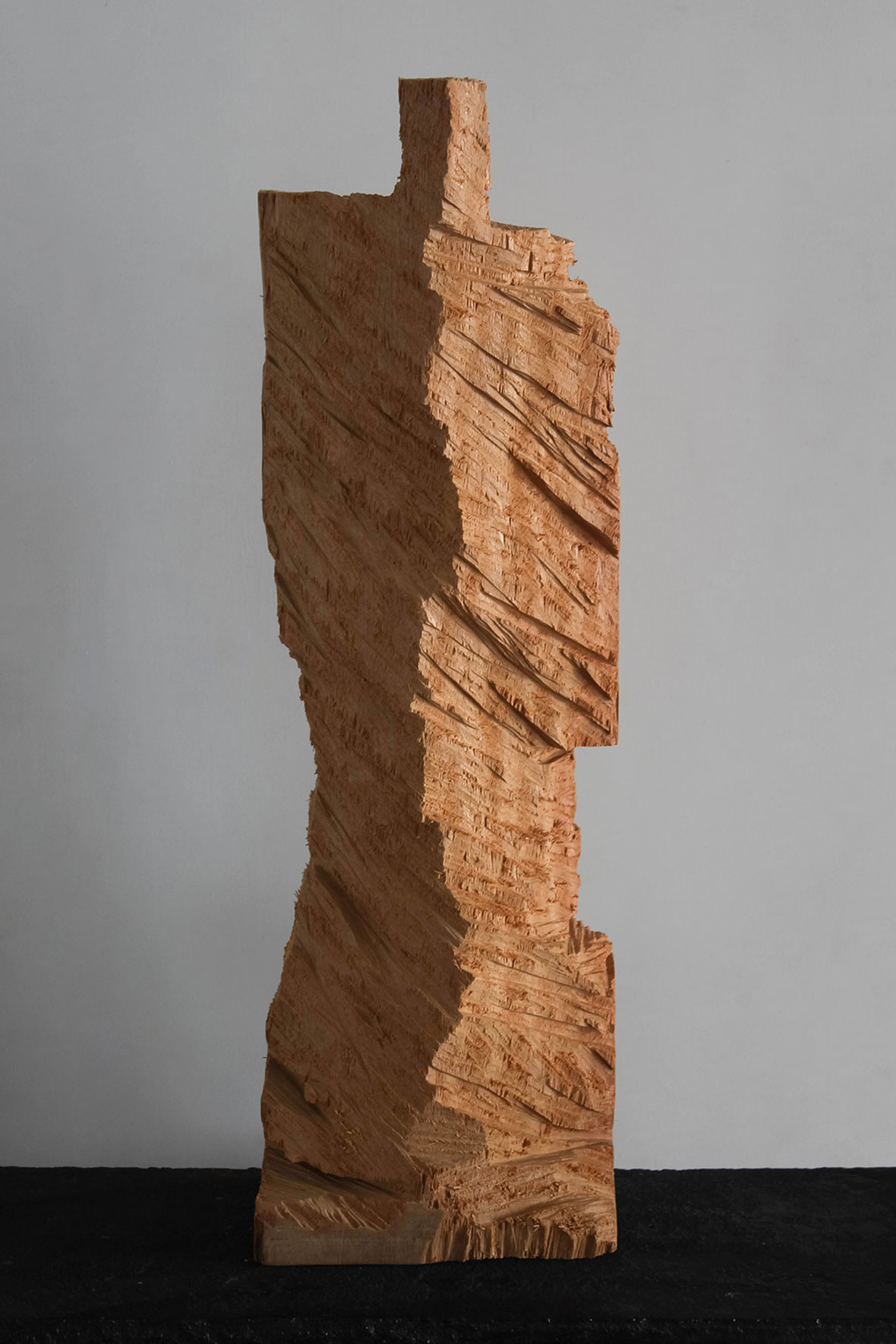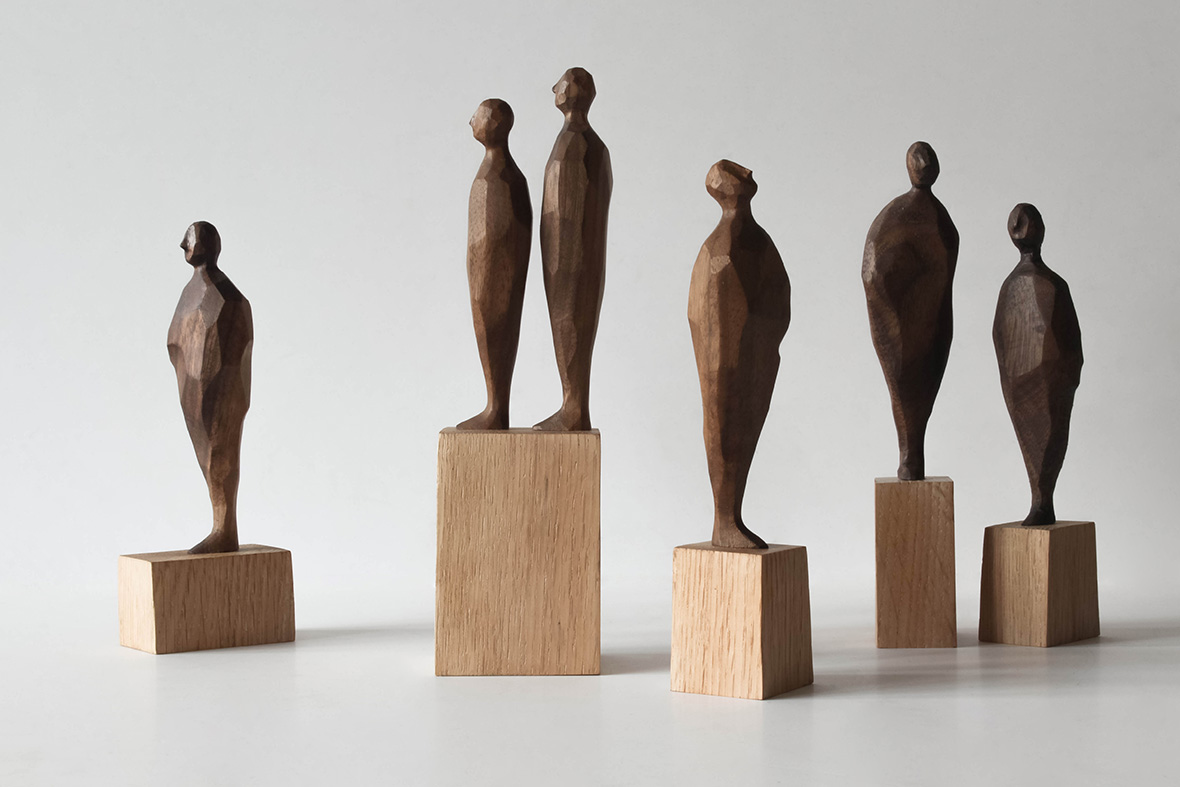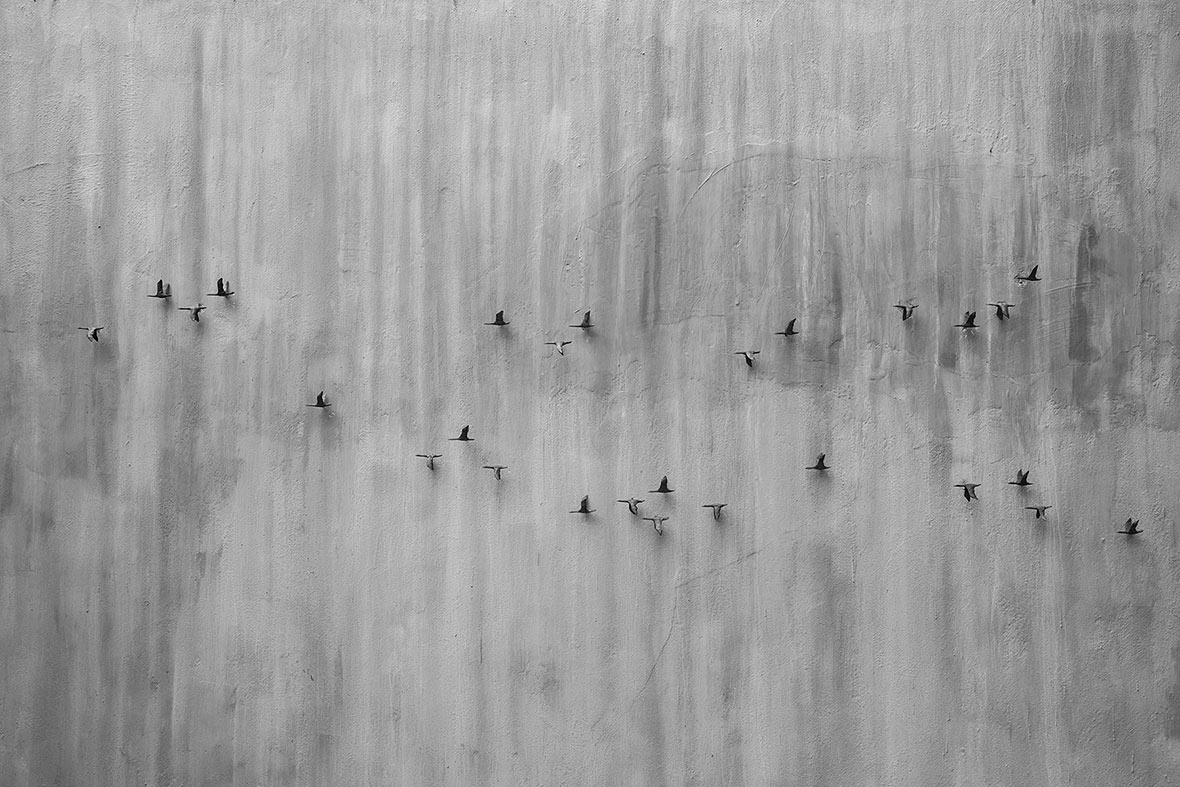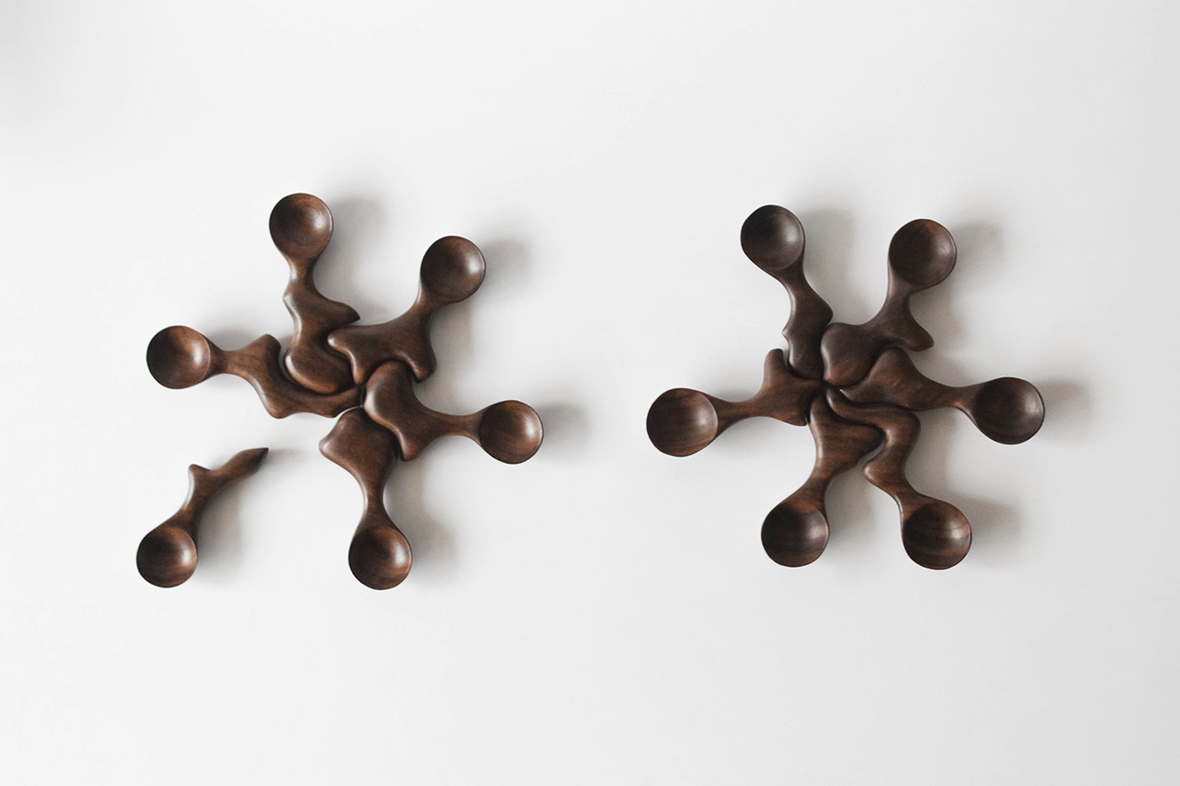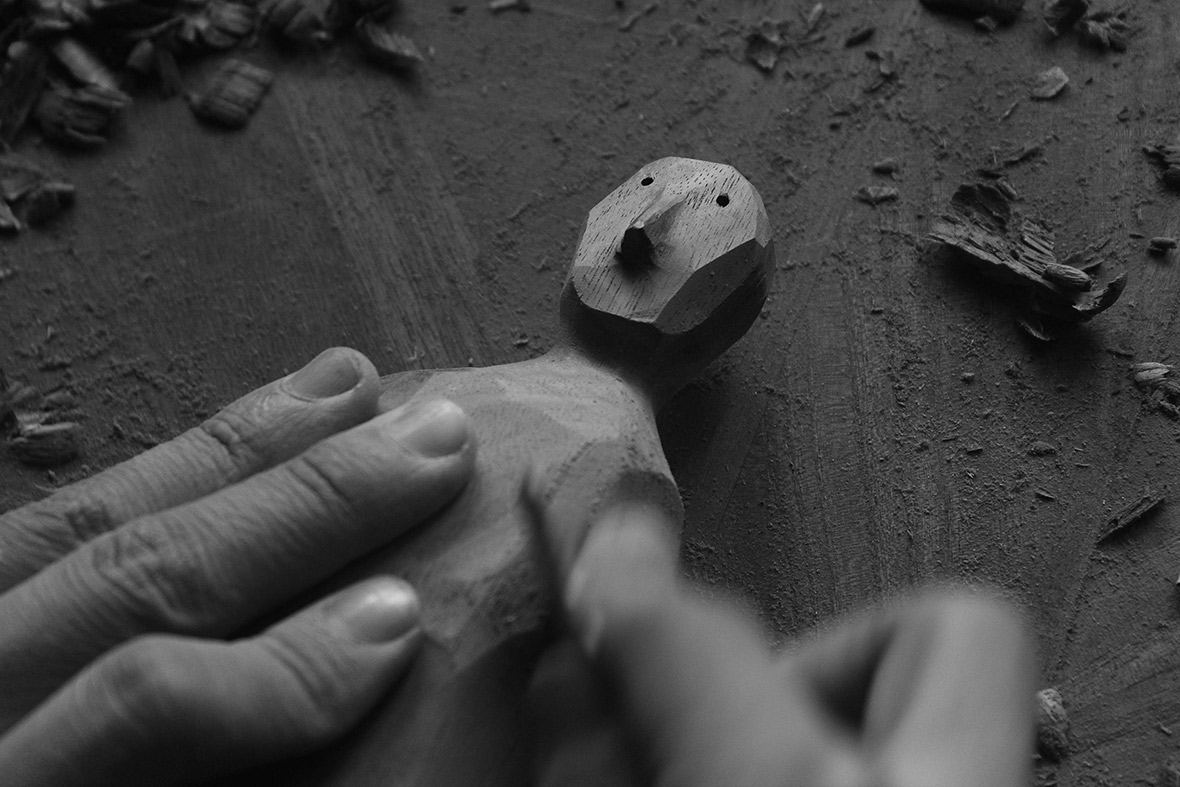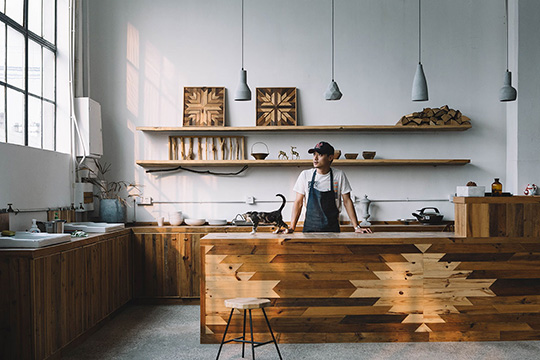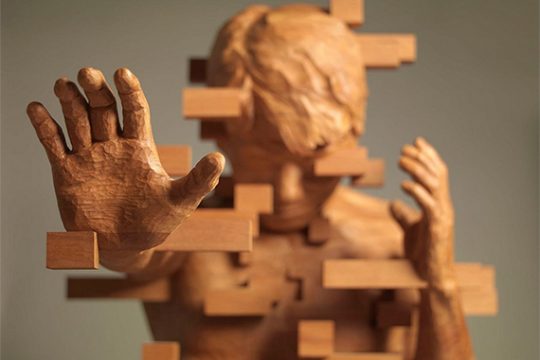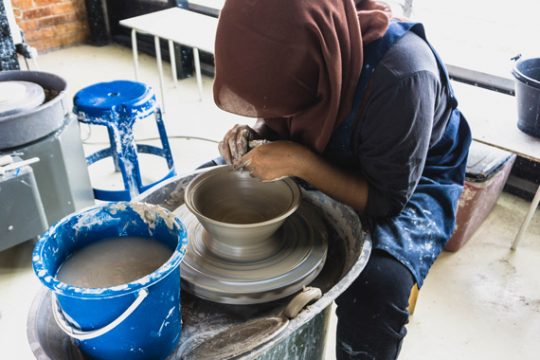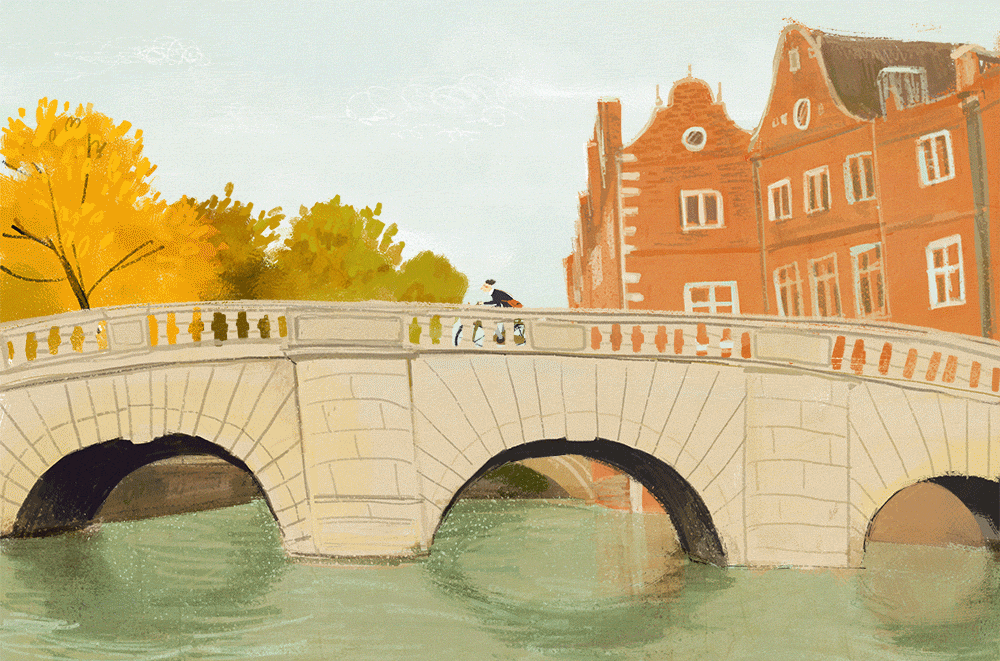
Often described as affable and charming, Lumao (aka Oamul) is a Xiamen-based illustrator and animator. As an artist living in this seaside city, the tropical climate and the changing of the seasons all play a part in influencing the aesthetics of his artwork. Oamul’s illustration books I found a star and Feribo have been well-received in the region, and has led to his name becoming fairly well known in China’s illustration community. Besides these two books, he has also worked on other collaborative projects: Hana’s Chizaocan, Chedigaibianlew and Maoli’s Bright Side of the Road were both illustrated by Lumao.
卤猫,这个邻家大男孩常常幽默地形容自己是“一只野生动画插画师”。现居于温暖湿润的厦门的他,喜欢在规律的四季变化中探寻自己创作的灵感。在中国插画圈小有名气的卤猫已经先后出版了个人绘本《找到这颗星球》和《狐狸卜》。并且通过与好友猫力和Hana合作,分别出版了《路上有微光》、《吃早餐,彻底改变了我》。
Oamul tells us his interest with illustration can be traced back to his childhood days when his older sister turned him onto drawing. Since then, the passion he held for the art form has been unwavering. His moniker, Oamul says, “My name’s origins are rather simple. I was often called a mao (cat) when I was a kid, and my last name is Lu. So all I did was combine the two.”
卤猫告诉我们,由于童年时期受到姐姐的影响,他开始沉迷于绘画,并且一直坚持到现在未失半分热情。当被问及“卤猫”这个笔名源自哪里时,他说:“其实很简单啦,因为自己小时候在家里常被称呼为’猫’,加上自己的本姓叫做’卢’,便取了’卢’字的谐音与’猫’结合起来。”
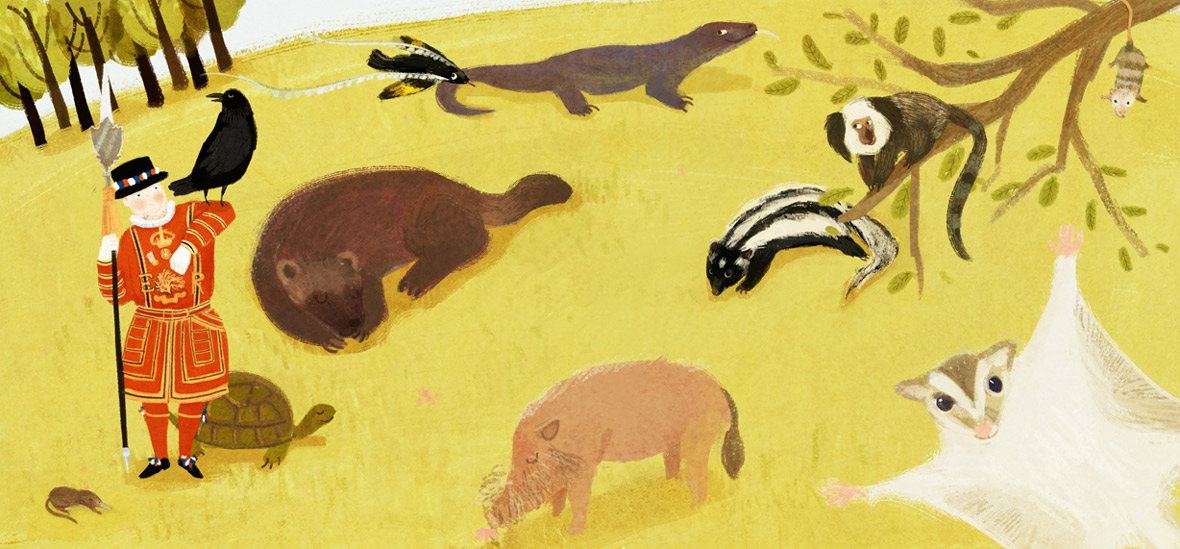
Many of Oamul’s illustrations involve gorgeous natural landscapes. He seems to be gifted with the ability to grasp and articulate the delicate relation between man and nature through his images, and his work invokes a sense of emotion and moodiness that’s uniquely his. Admittedly, his preference for drawing nature can be attributed to his frequent excursions into the great outdoors. He often spends his free time traveling into forests and mountains, and fully immersing himself in the wonders of nature. “When I’m surrounded by the greenery of the beautiful outdoors, it’s easy to feel at ease and be at peace with everything.”
卤猫众多的插画作品中充满了对大自然的描绘,他总是能很好地把握住人与自然间微妙的关系,并在画面中赋予独特的情感。这大概要归功于卤猫时常走进大自然的怀抱,敢于潜入茂密的森林深处,让自己融入到自然中去,去切身体会人与自然间的丝丝联系。卤猫说:“当满眼收获绿色的时候,总会让人变得安心、舒适起来。”
Oamul believes that all of his favorite artists have influenced his work to some extent. “When you look at the artworks of many great artists, those artworks become deeply rooted in your heart without you realizing it. Then one day, when you’re drawing away, you’ll notice every brushstroke have been influenced by their work in one form or another.”
卤猫认为,他所喜爱的那些艺术家,在某种程度上,积极地影响着自己。“因为当你看到大量风格迥异的作品之后,那些你认为好的东西,其实会在你的内心深处扎根。直到有一天,你开始尝试用画笔表达自己的时候,它们便会在一笔一画中重新流露出来。”
Oamul considers traveling and reading to be crucial tools for fostering knowledge and creativity. These two things constantly inspire him and drive him to create new works of art. In his view, traveling to new places is exciting, and leaving your comfort zone will forcibly bring about new ideas. On the other hand, reading can bring about a sense of calm, and sometimes certain words and phrases in books have the power to trigger vivid mental imagery to provide ideas for new works.
卤猫时常通过旅行和阅读去培养自己的知识面,并让自己保持持续的创作灵感。他认为,旅行总是能让自己超出现有的生活圈,并激发出新的想法;而当静下来翻阅书籍时,一词一句则时常会让你不自觉地联想出一幅幅有关自己的画面来。
In Oamul’s illustration book Feribo, the main character is a small fox who’s trying to improve himself for a rabbit that he adores. This series was a huge fan favorite. “The idea for this actually came about accidentally. I noticed that carrots in the marketplace resembled foxes: their color, shape, and so on. As I refined this idea more and more, I began to feel like this fox was telling me a story. So I started drawing it.” Oamul revealed to us that the story of this fox doesn’t just end with this book. Besides hinting at a future Feribo sequel, Oamul is also busy preparing a small art exhibition that will be open to the public soon!
在绘本《狐狸卜》中,主角小狐狸为了心爱的兔子努力让自己变得更好,这一形象深受读者喜爱。卤猫说:“狐狸卜这个形象其实是偶然诞生的,因为我觉得菜市场的葫芦卜无论从颜色还是形象来说,都像极了一只小狐狸。在狐狸卜的形象成熟之后,我觉得他在告诉我他自己的故事,然后我便将它们一一绘画了出来。”他还透露说,狐狸卜的故事还会继续创作下去。此外,近期他正在准备一个小画展,这个画展将很快与读者见面。
